May 3, 2020
Martha O'Kennon
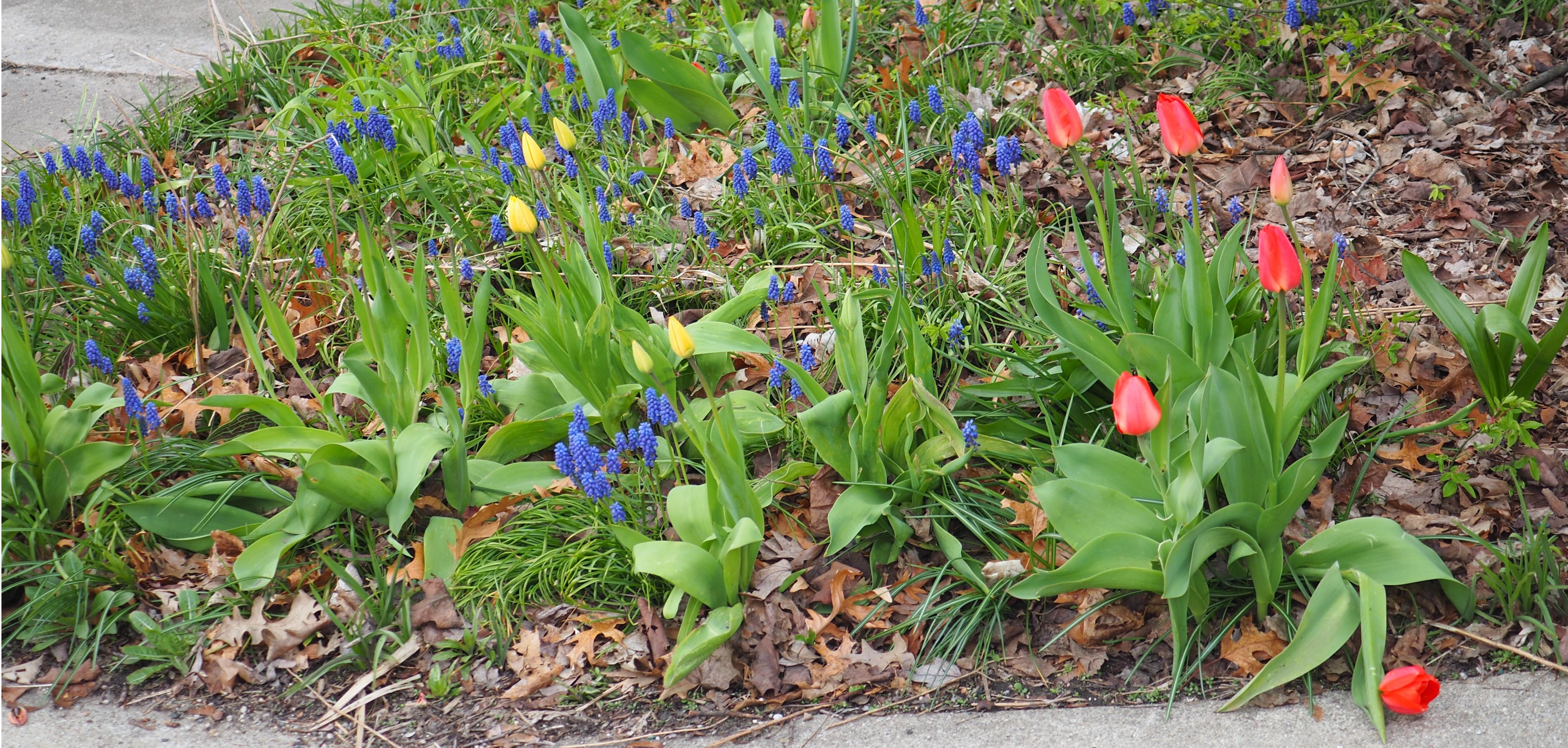
Spring pulled out the big guns on Winter this week. We had some interesting bugs in most categories but also the flowers spread their metaphorical wings to produce enough color to make up for a lot of winter. Click on the photo above to see the tulips suddenly burst open.
Remember that there is information in the name of the file for each image. You can see it by mousing over the image - look at the lower left of the screen. Or you can click on the image to get to the (usually) larger image. Then the info is displayed in the address line above. Sometimes the second click will actually display a different view of the original image.
The Golden Wood Poppies (or Celandine Poppies) burgeoned into quite a display all over the yard. And the Japonica, whose bud pictures I've been showing, burst into complete flowering in a couple of days! I hope Debby next door is watching for Orioles, who love that kind of orange-red flowers, to show up. Out back the Virginia Bluebells also popped open this week.
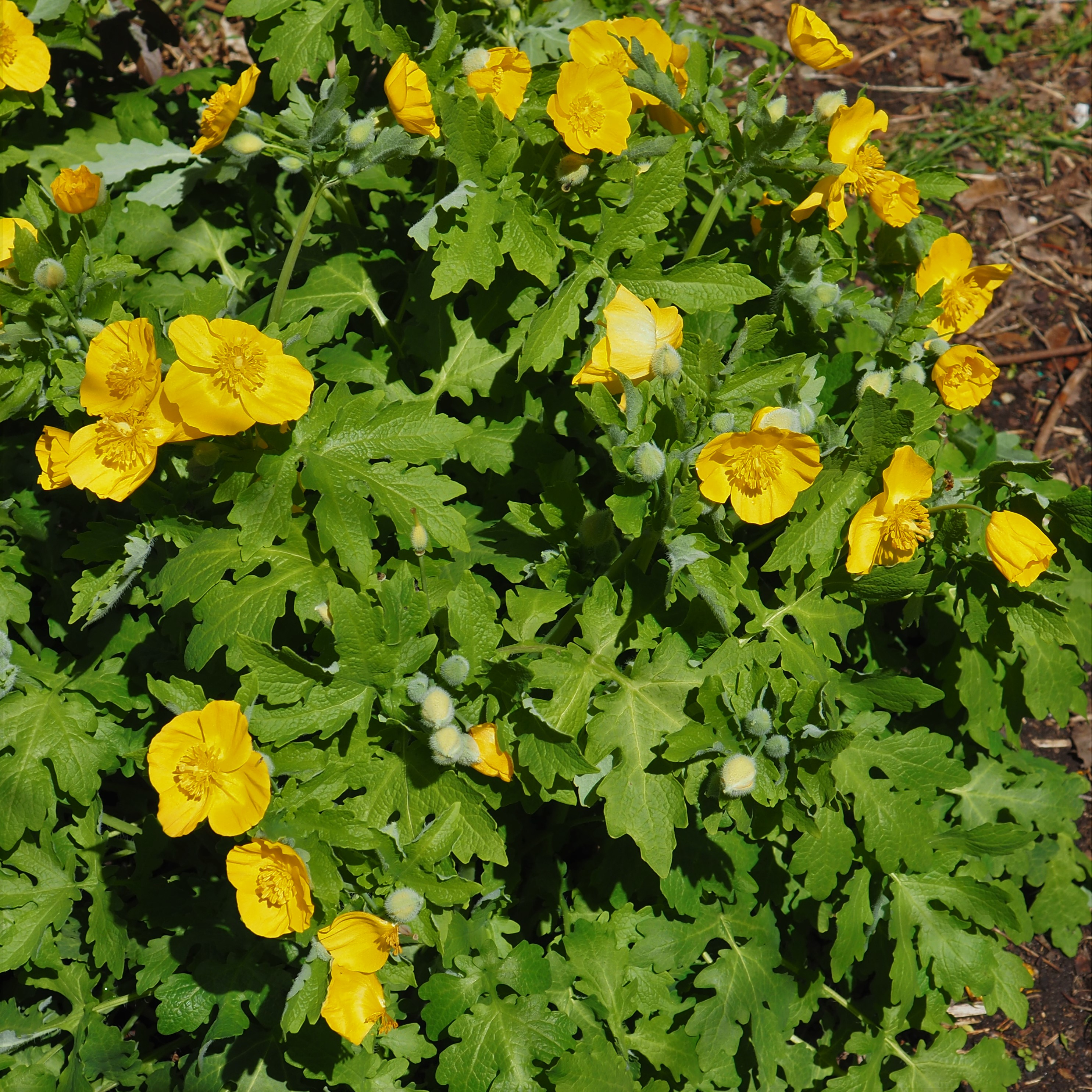
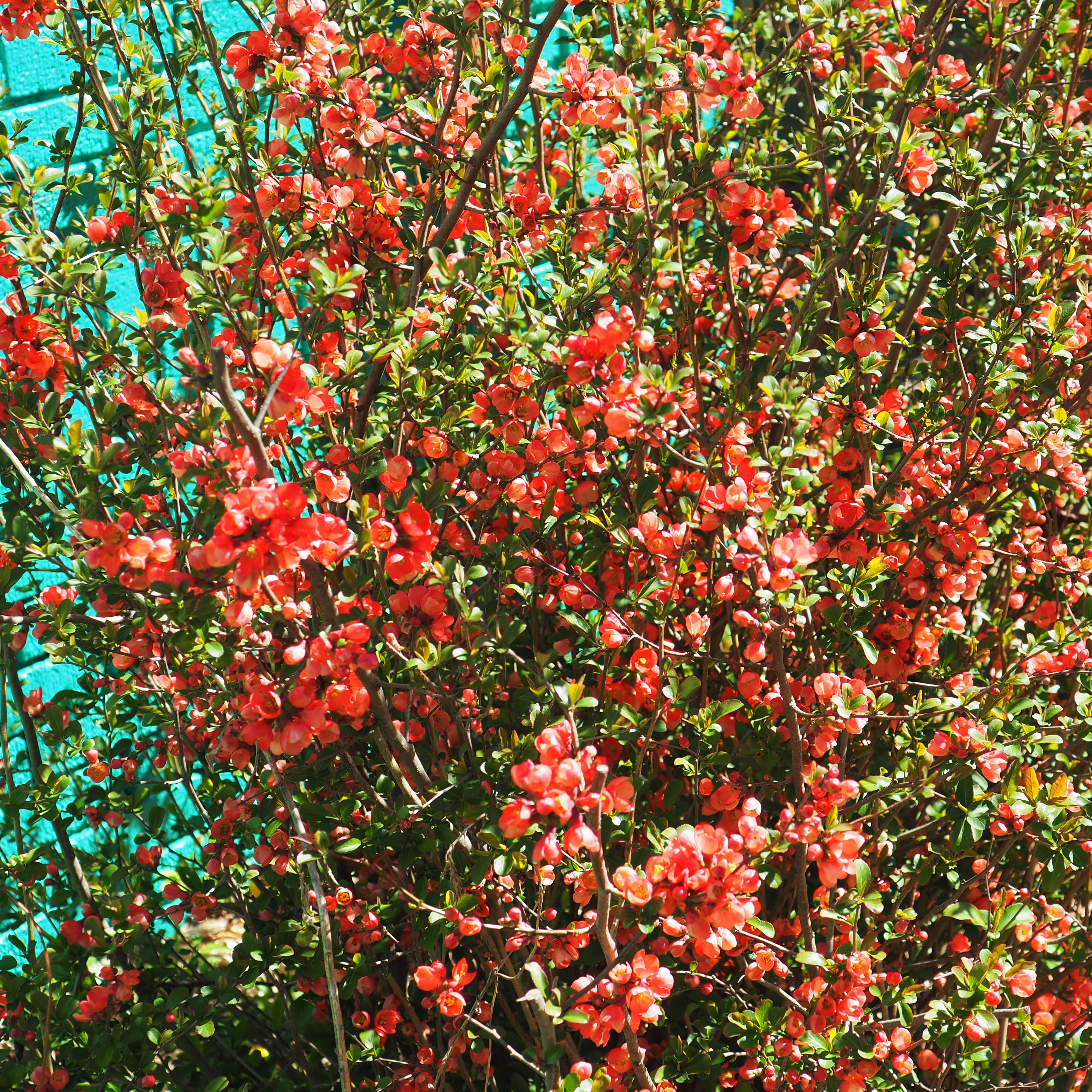
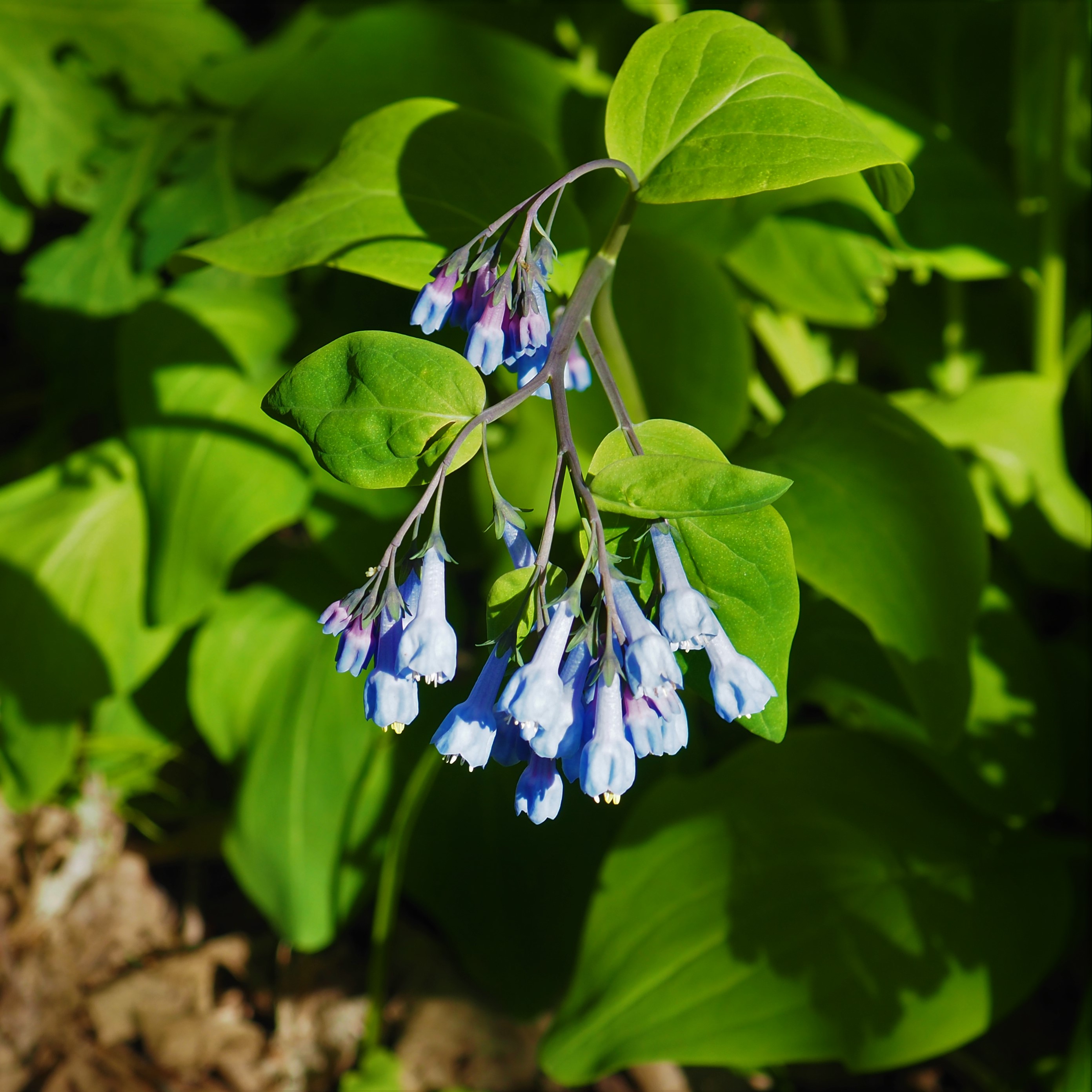
As usual, the Ants both puzzled and dazzled us. The Small Honey Ants are doing well on the wall. Picture 2 shows one of them after a good meal - but tied up by a Spider. A Camponotus (the general genus for Carpenter and Sugar Ants) tied the Small Honey Ants for most popular on the wall. Fourth is the Acrobat Ant, as evinced by its heart-shaped gaster. As in, his heart was in his stomach. It's funny, the generic name for this genus of Ants is Chrematogaster, which may come from Cremato (burning) and Gaster or stomach. Maybe it has heartburn. Or from Cremasto (drooping) because the gasters tend to sort of droop. Who knows?
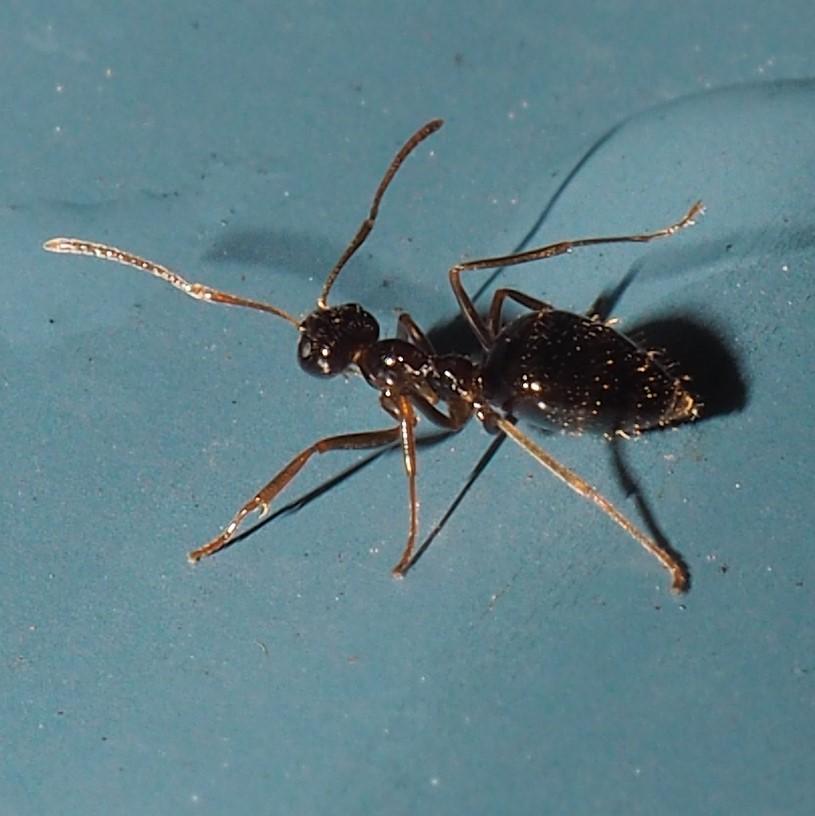
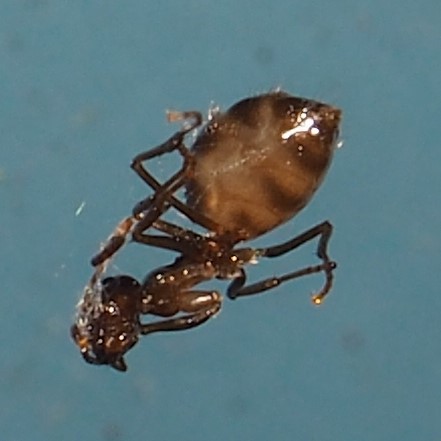
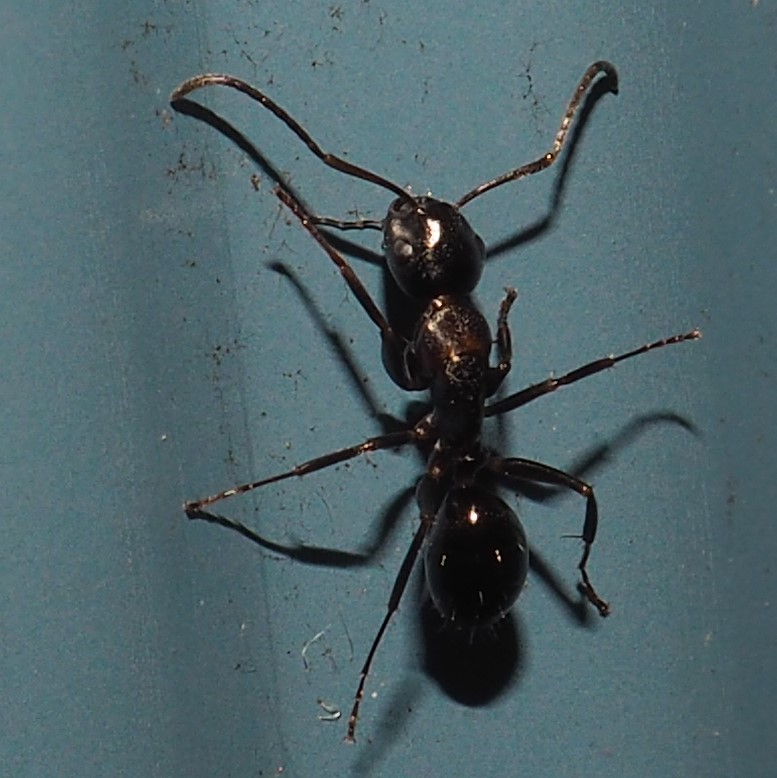
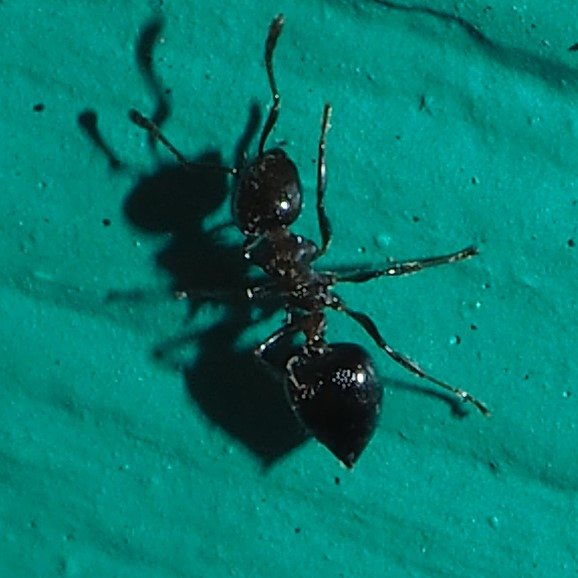
But the prize for Ant of the Week goes to the Immigrant Pavement Ants, whose swarm lasted all afternoon in The Seelys' yard. In fact, Debby called me up, knowing how delighted I would be to be invited to the party of the month! Picture 2 shows what seems to be a IPA attacking another creature. And picture 3 seems to be an invitation to the Ball. It really was the event of the social season. I was puzzled by the inner meaning of this swarm, as I never saw a designated Queen or any other winged adult.
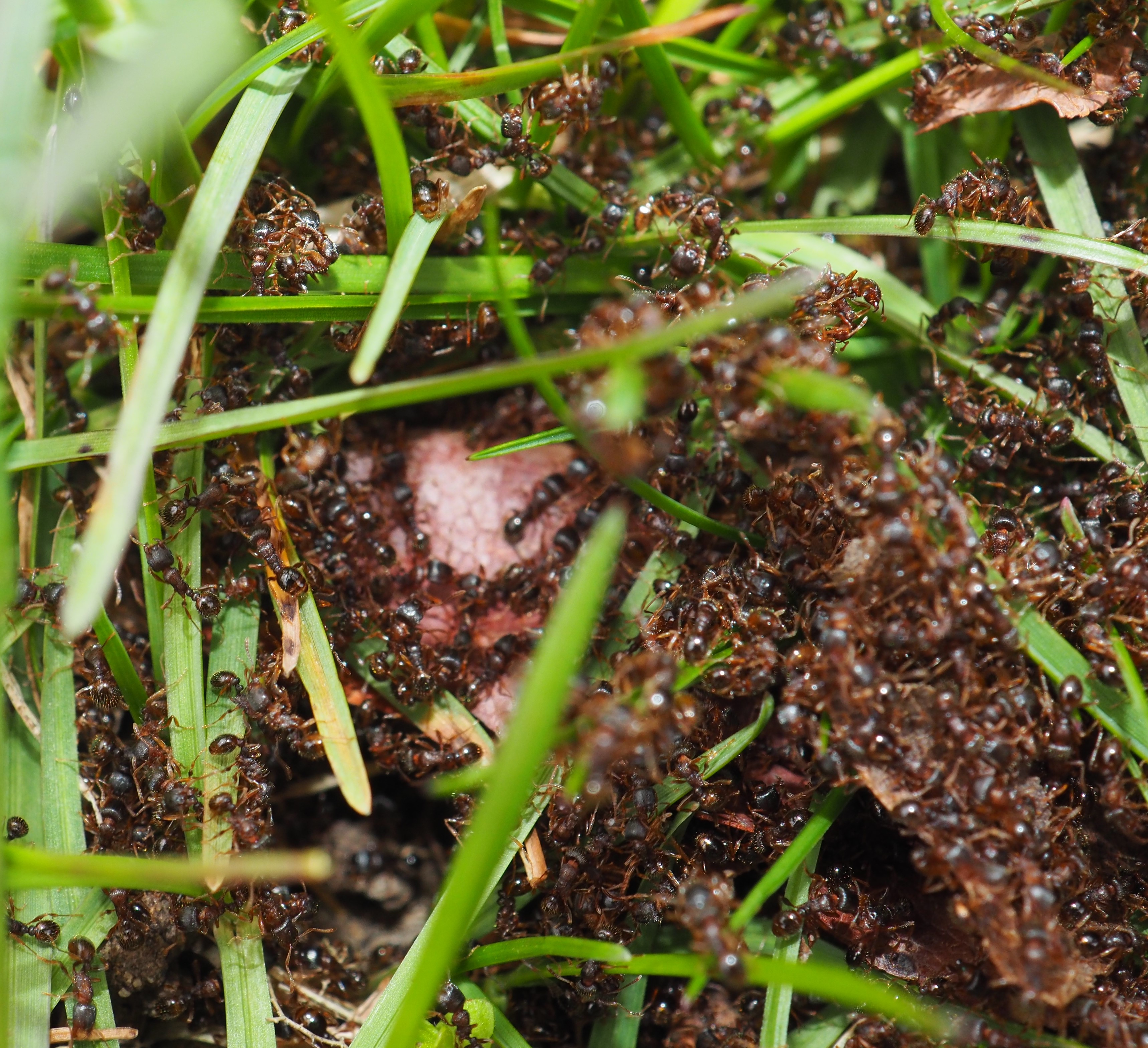
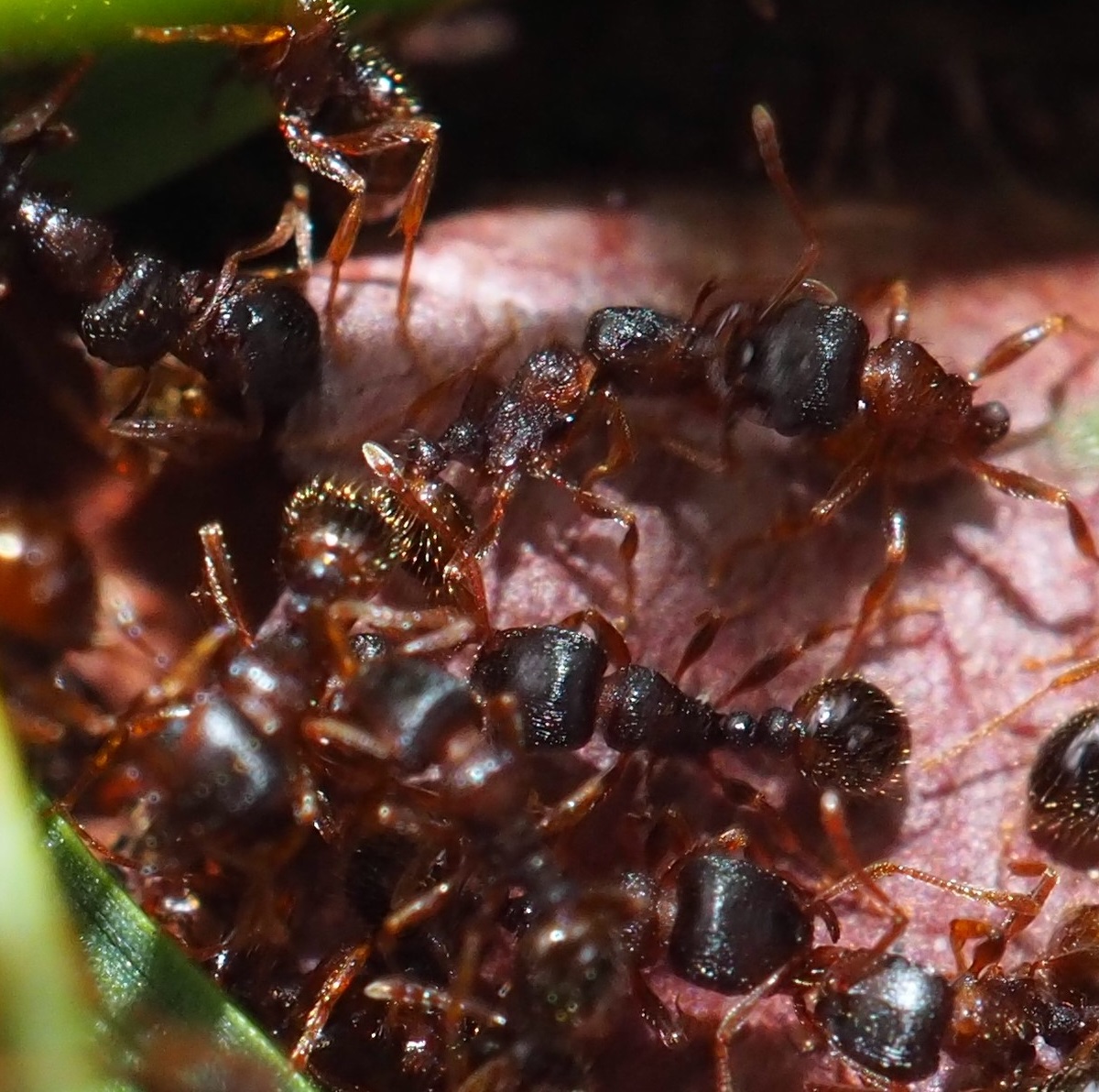
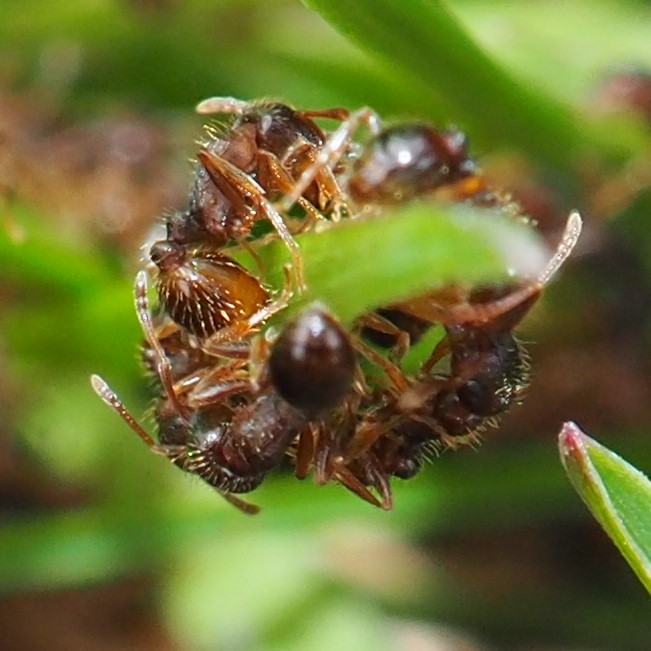
The Bees were totally twitterpated with each other. I don't know what kind these were, but they were quite athletic.
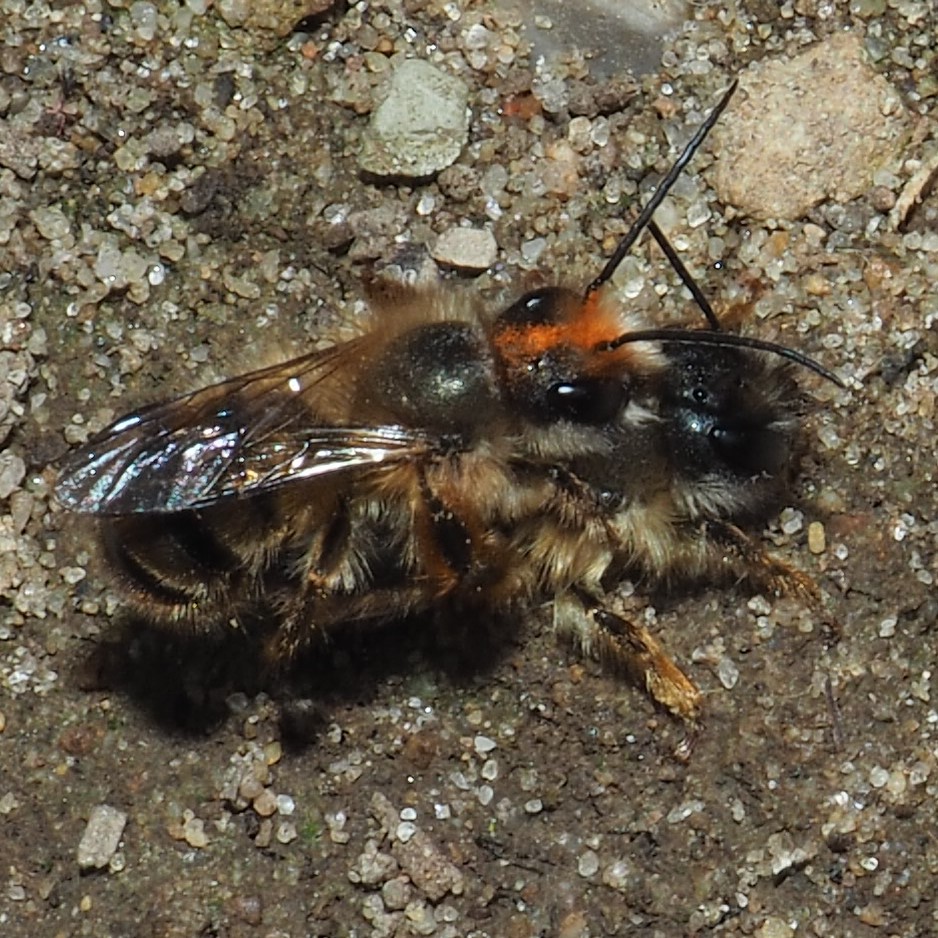
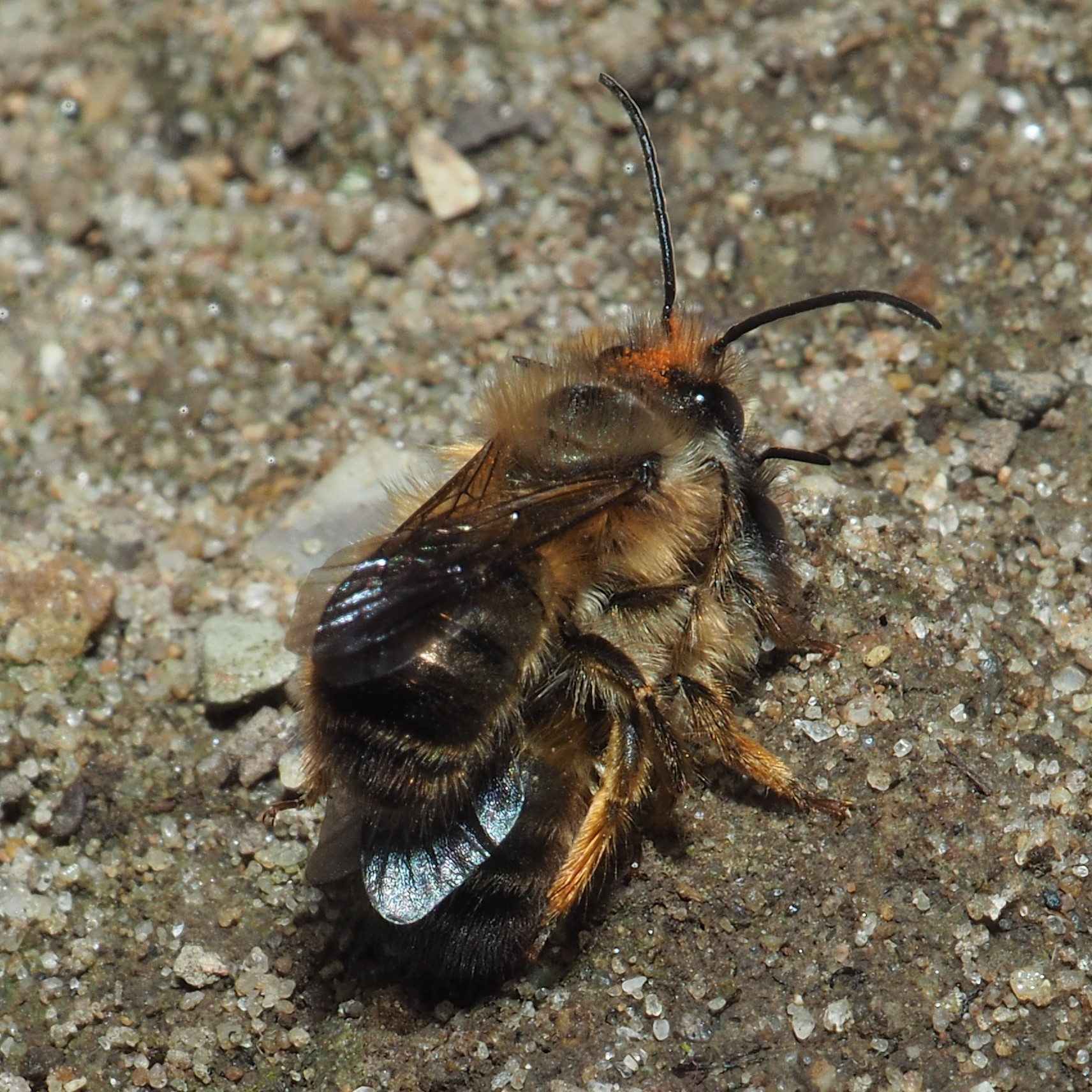
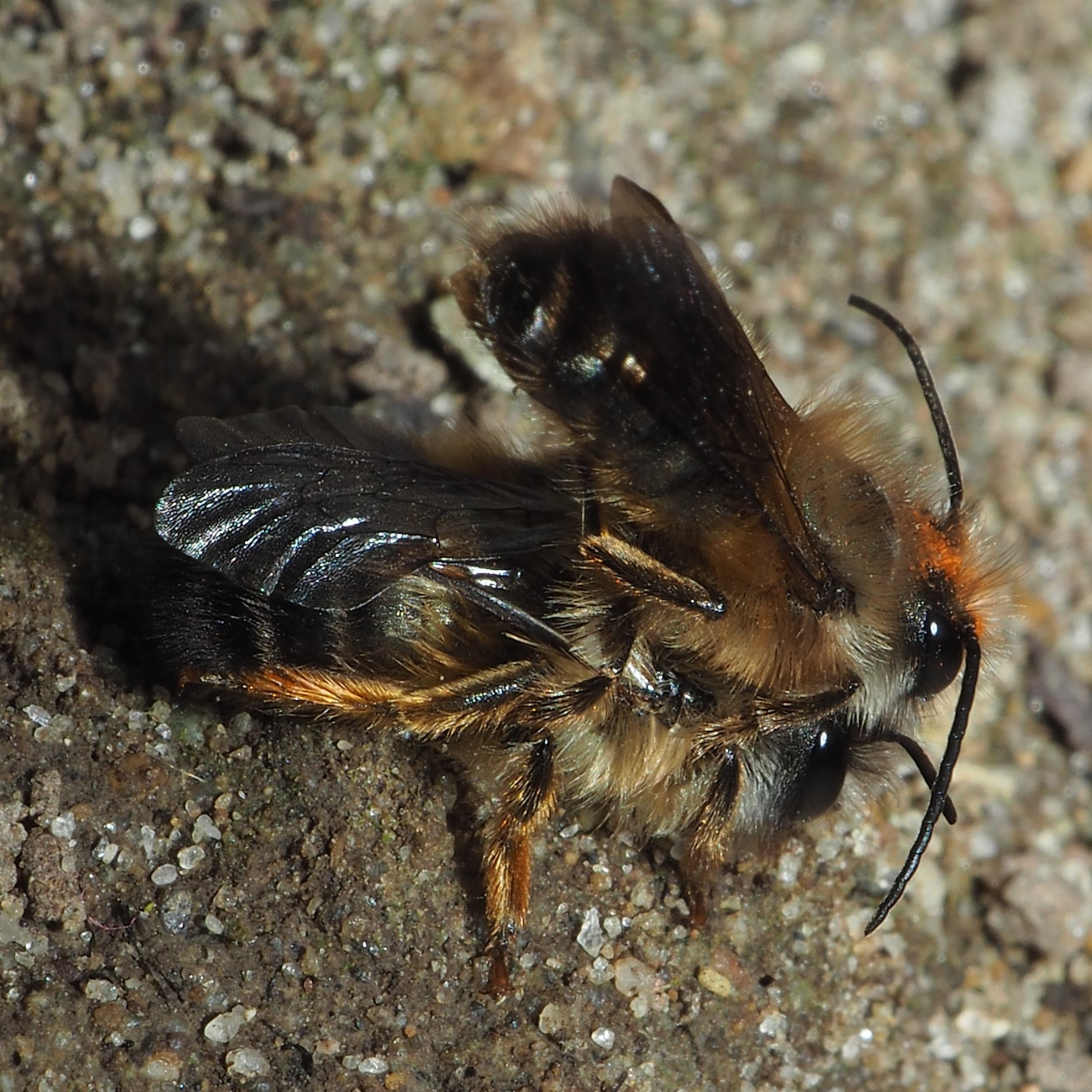
Another pair of bees, but whose male doesn't have red on his head. Next, a singleton. Third, an unknown bee on the deck rail. Fourth, a last bee climbing the corner of the Wall.
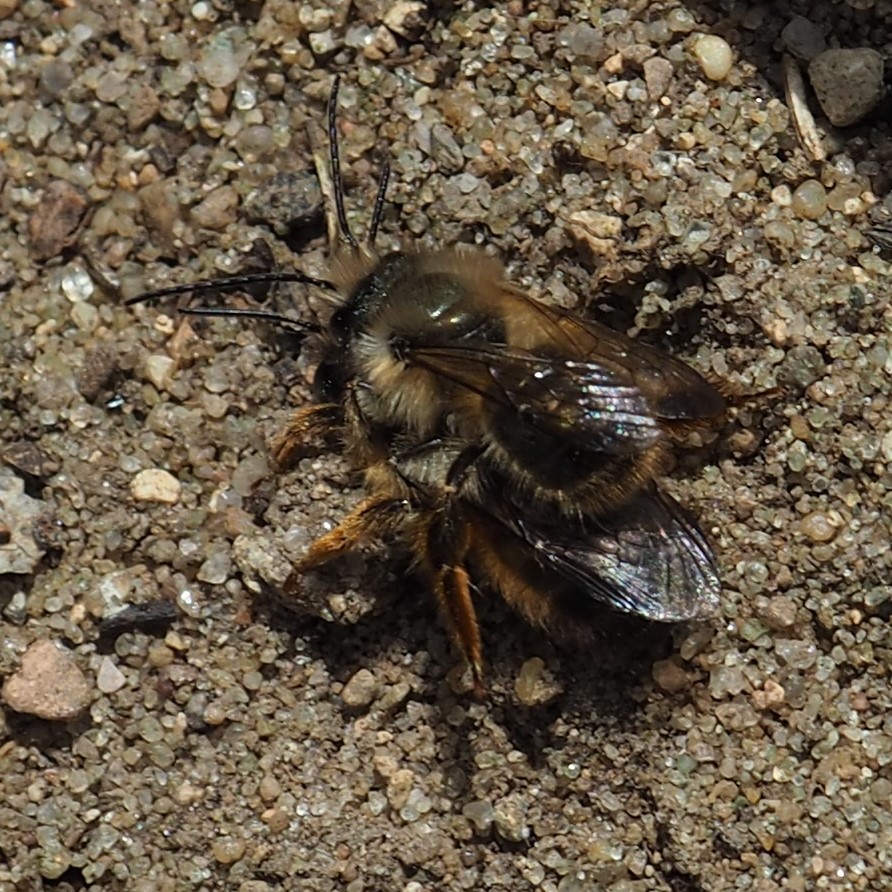
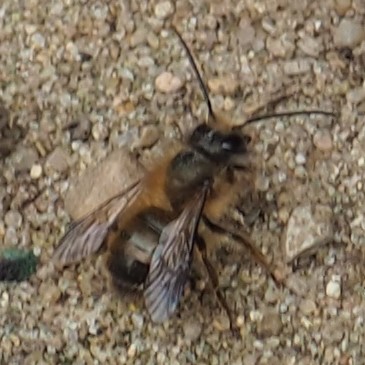
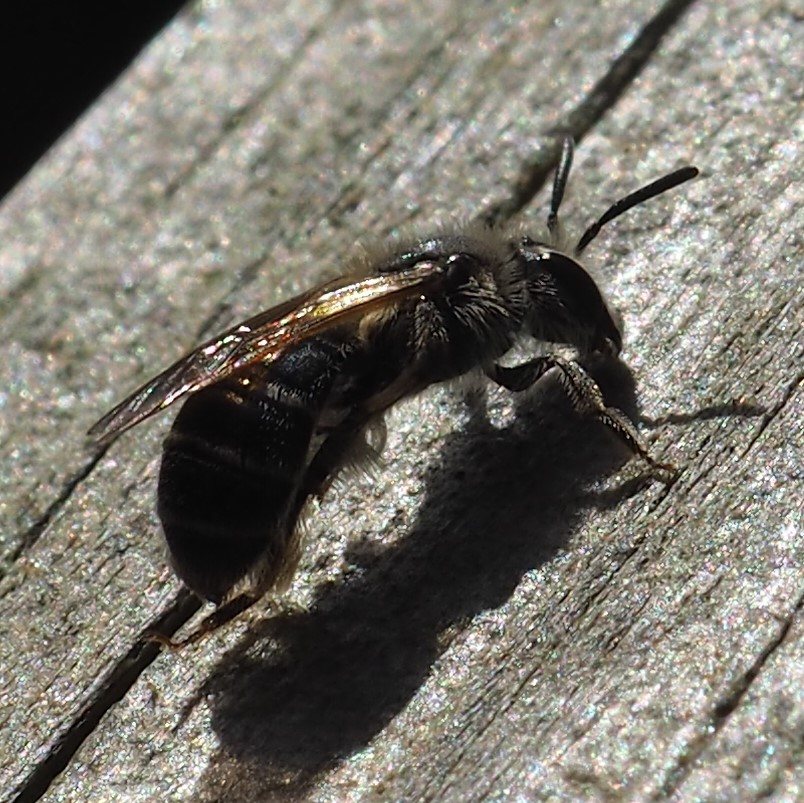
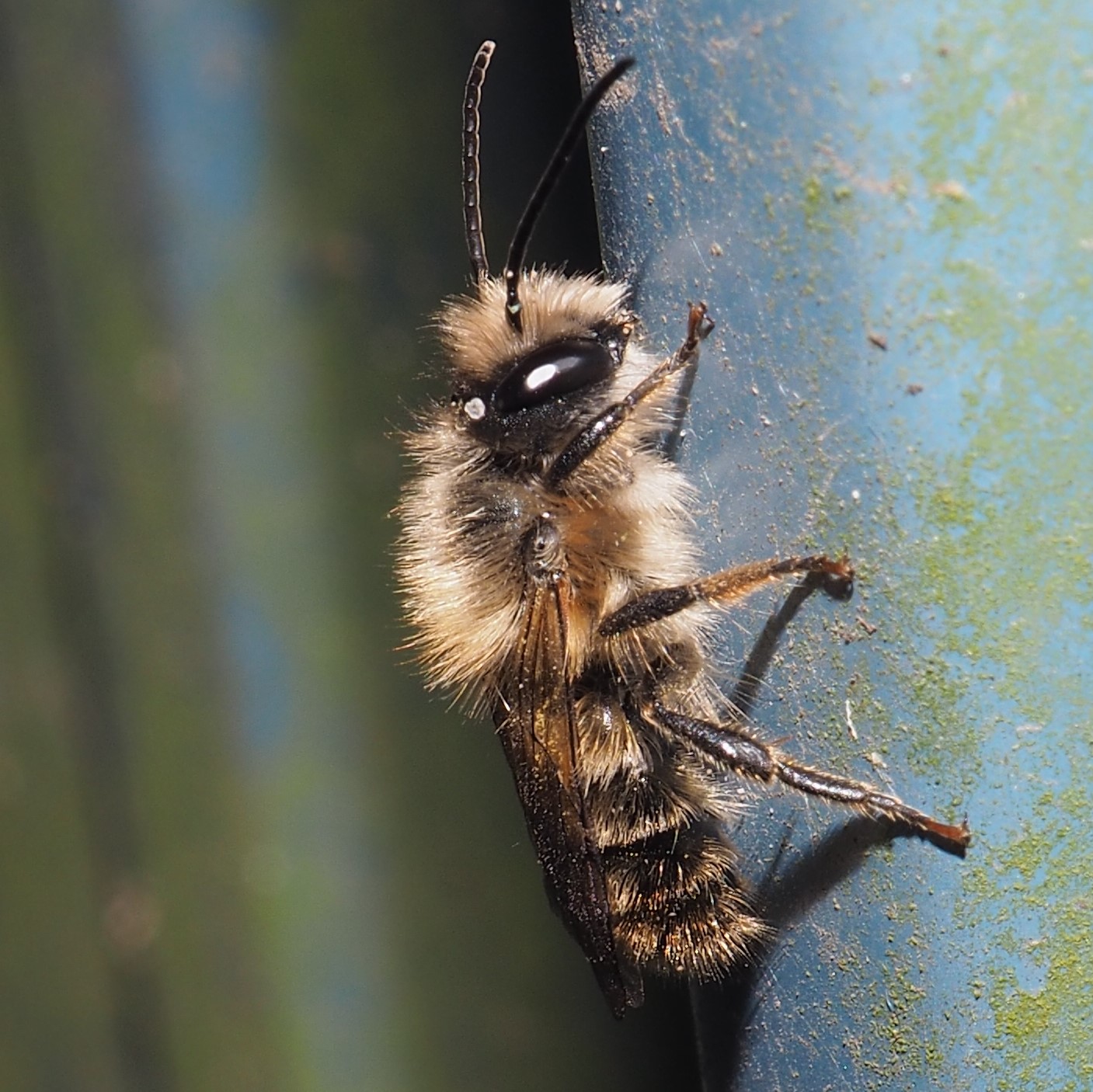
Beetles still love us. This first large one (first two pictures) with the specialized waist is a Click Beetle (genus Cardiophorus) and that waistline makes its clicking possible. Third is probably one of those shiny Flea Beetles.
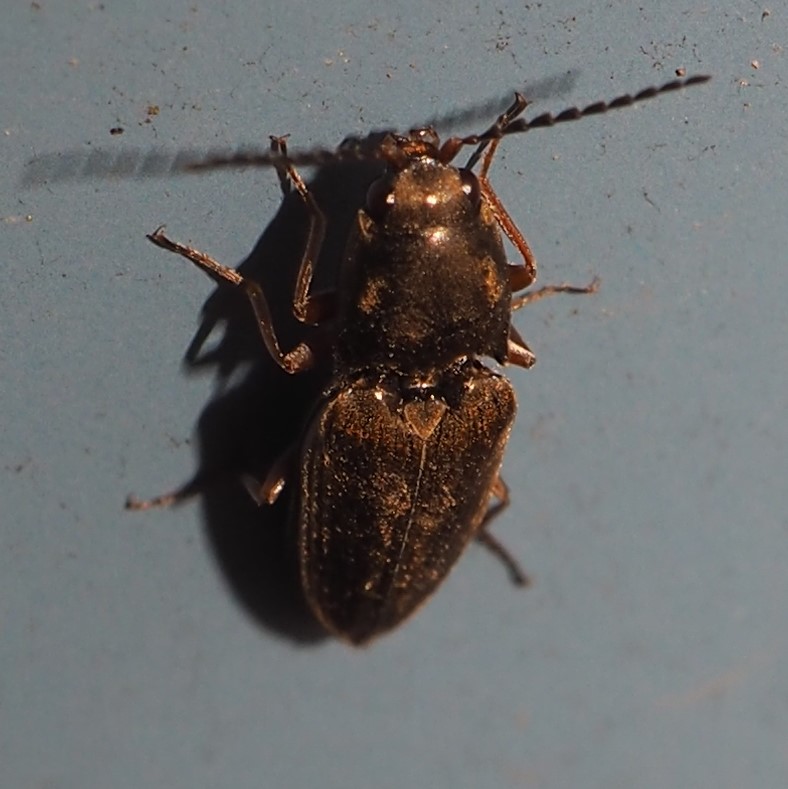
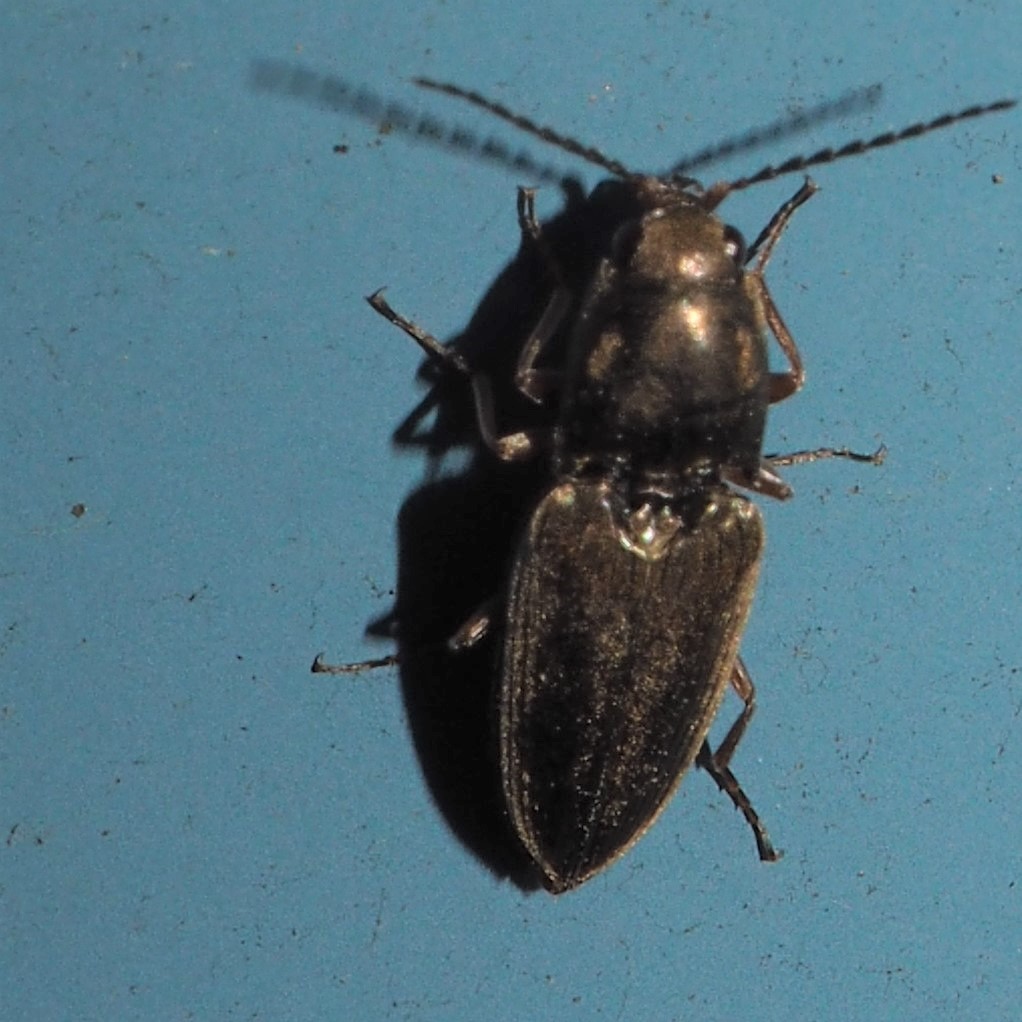
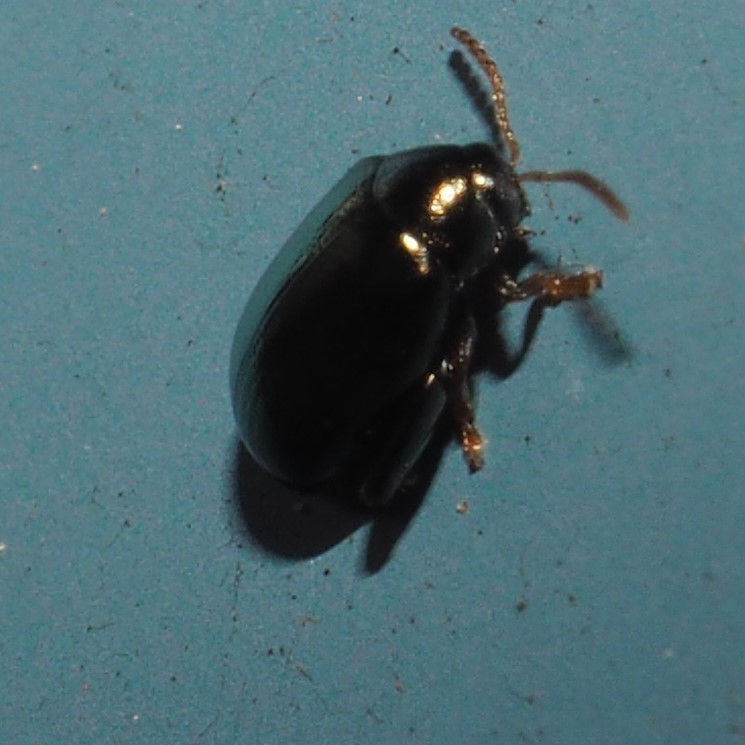
This first one is a Sun Beetle, of genus Amara. Second is a Rove Beetle of genus Olophrum, and third is the Fourteen-spotted Lady Beetle,
Propylea quatuordecimpunctata It actually looked greener than in this picture. The fourth image I mistook for an arthropod called Polyxenus. But everyone with a foot to jump on said, NO! It's a Skin Beetle (larva or grub).. Who knew? But Carpet Beetles are a branch of Skin Beetles and I have had a goodly deal of Varied Carpet Beetles lately. So I believe them.
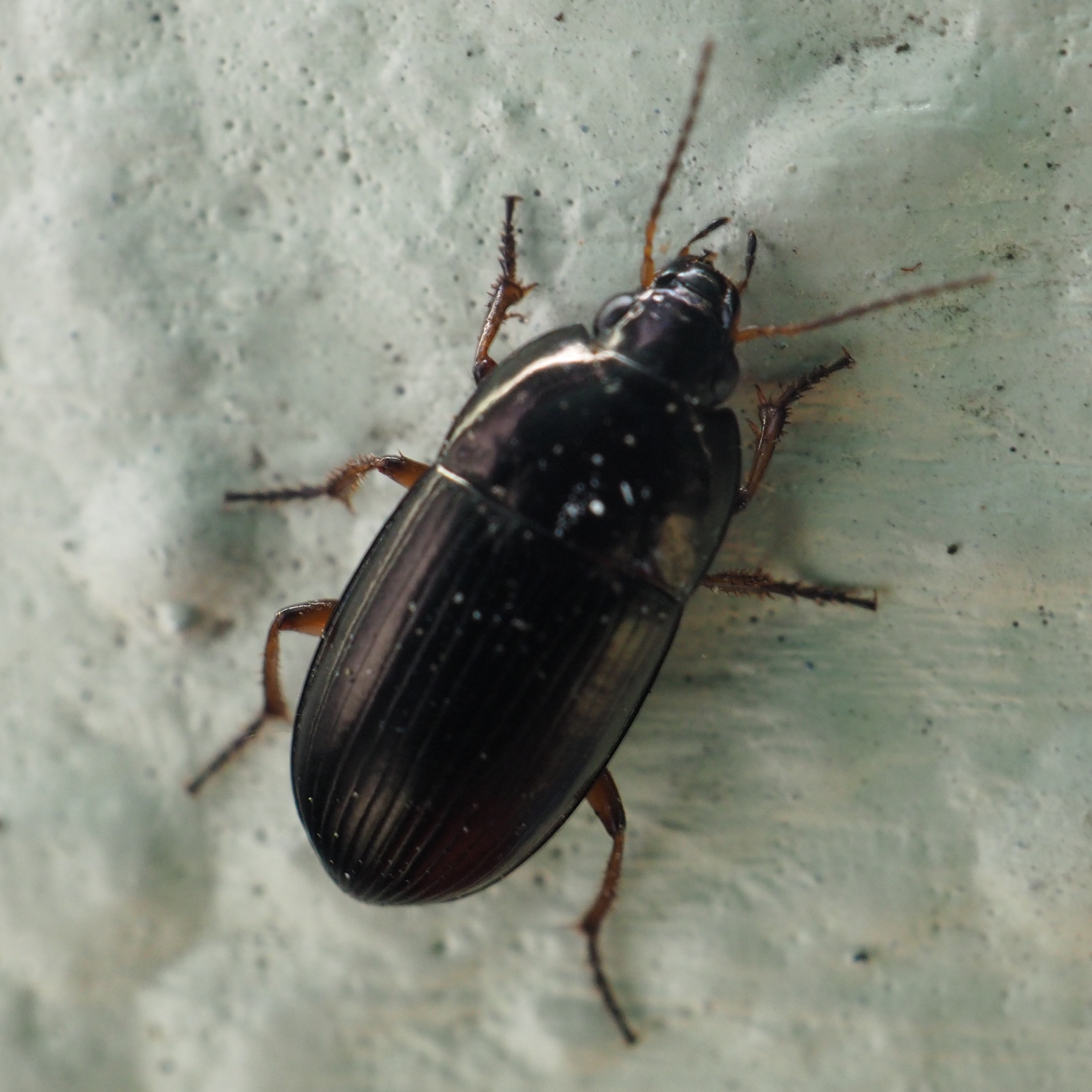
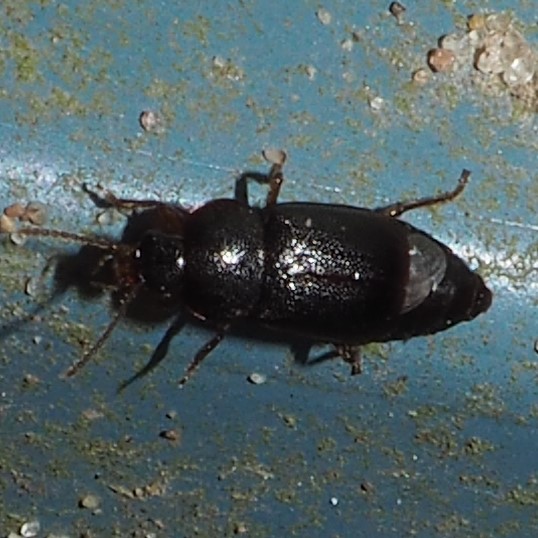
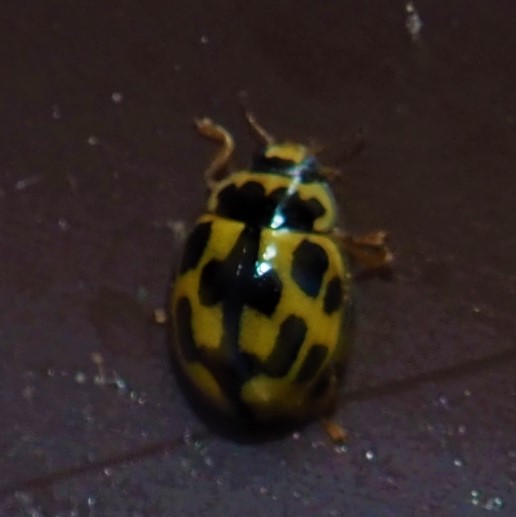

We won this week in the True Weevil division. First is that oh-so-common little weevil, the Redbud Seed Weevil or Bruchid. Second is a weevil of genus Tychius. And so is the third one, I think. I know I submitted each of them but maybe not. I'll work on remedying that when we finally cross over to Sunspot Maximum, whenever that will be. And that was the Beetles.

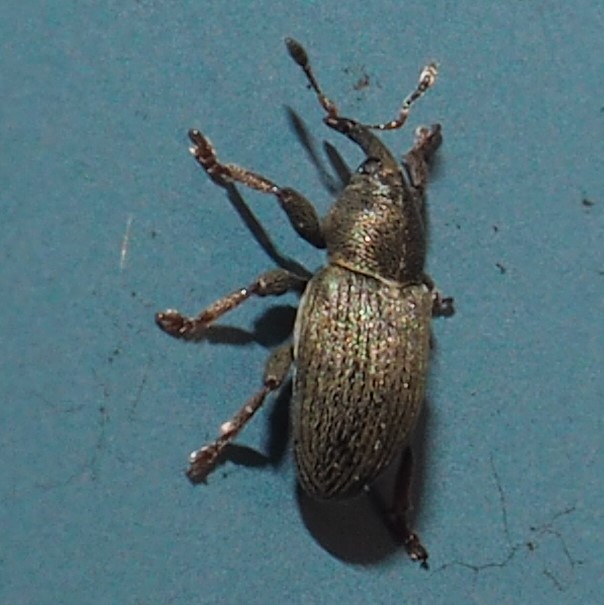
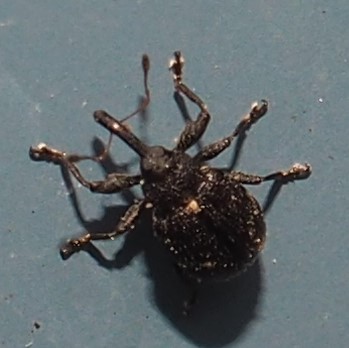
Here are a couple of Assassin Bug nymphs. There are a lot of these - I see one almost every day! Anyway, I think these two are different individuals. Then one of the currently common Stilt Bugs.
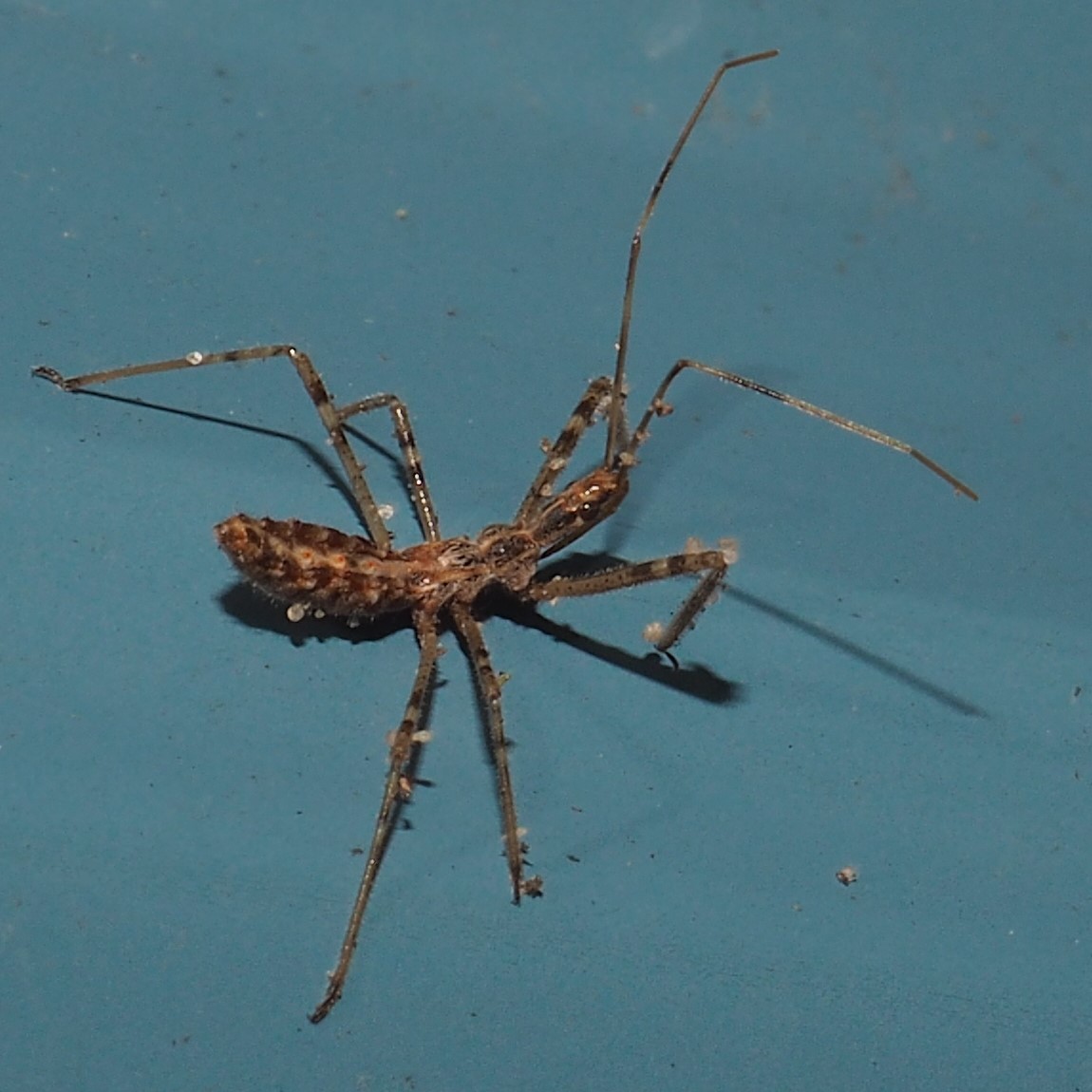
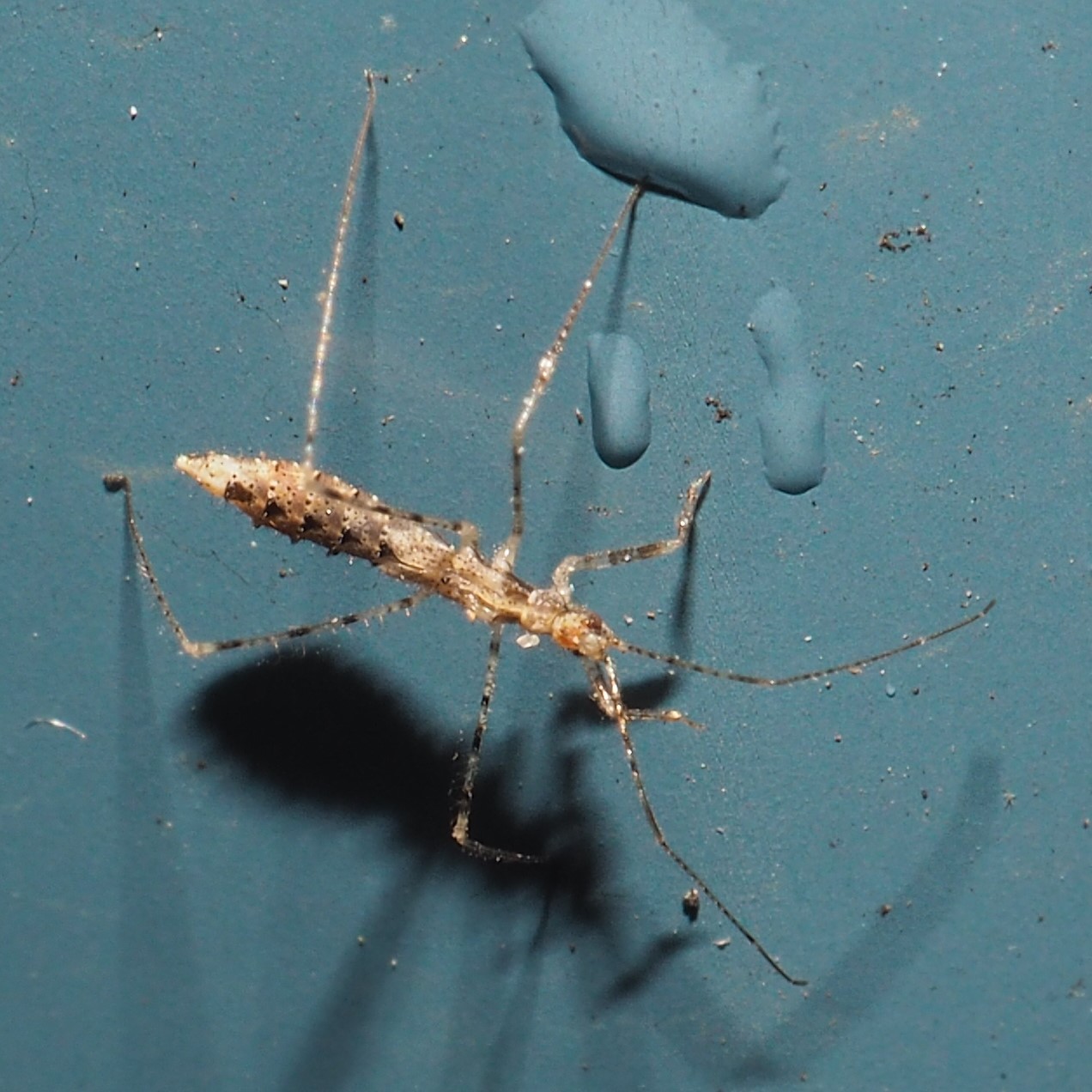
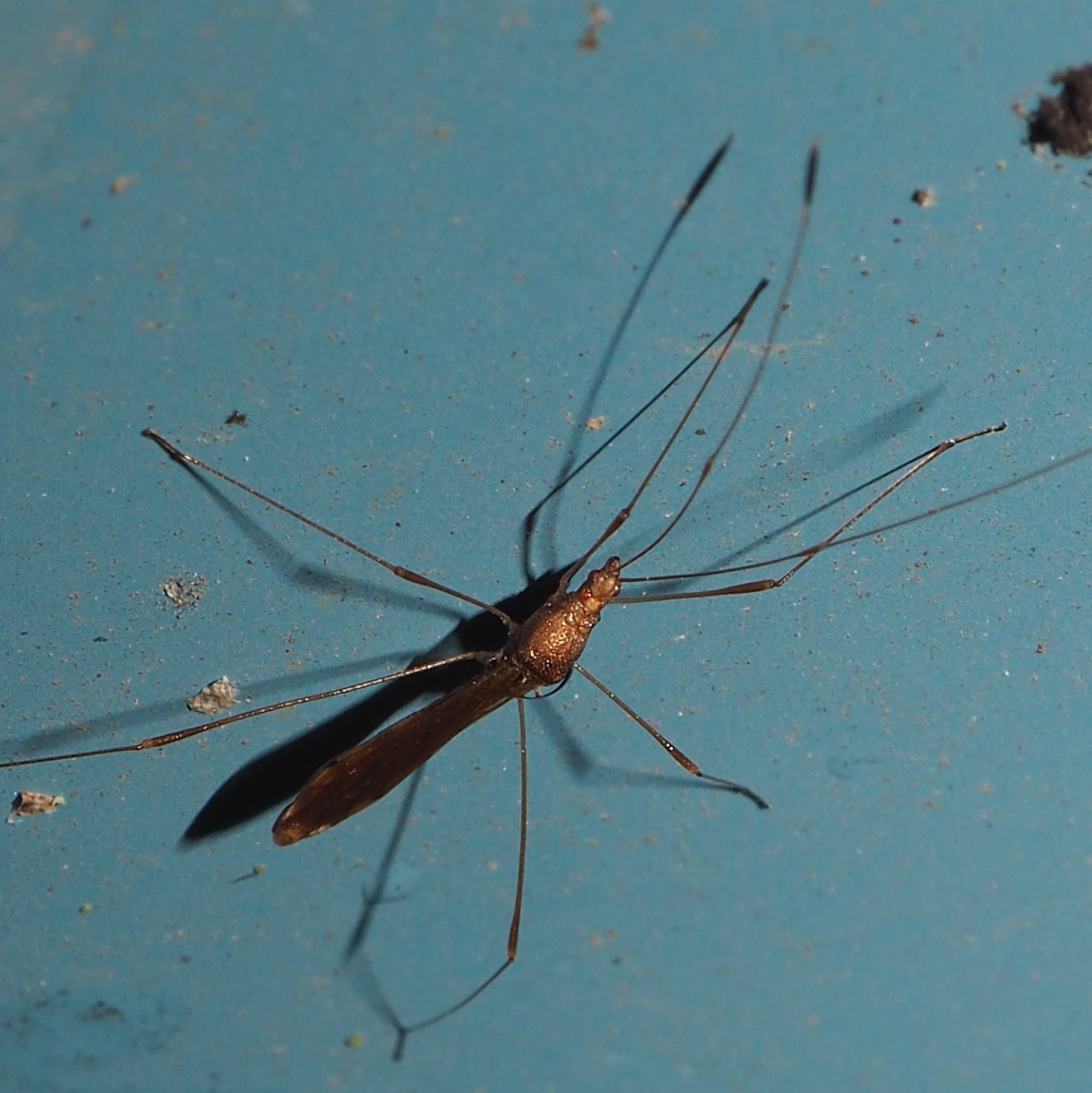
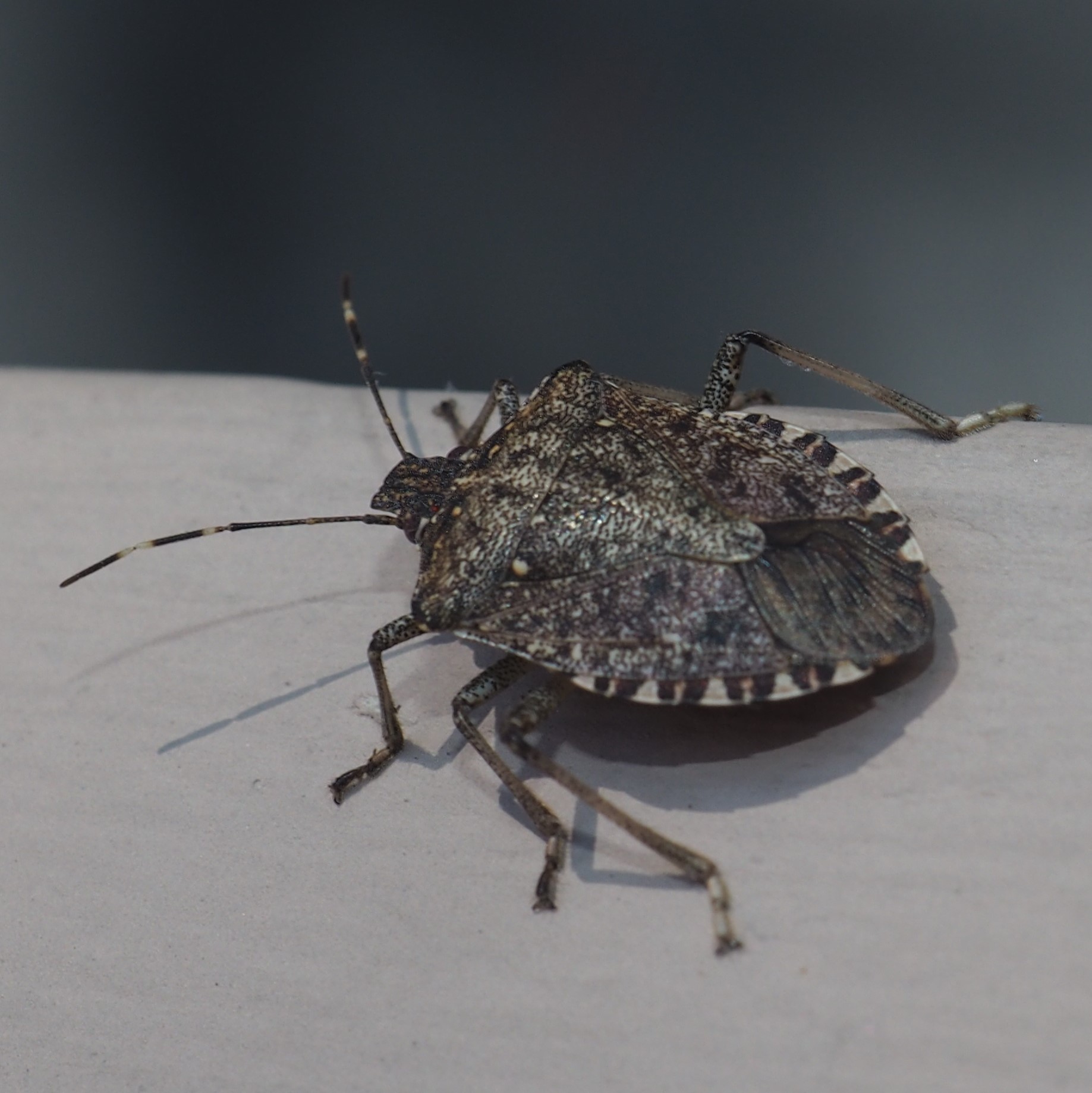
At least four different Leafhoppers were out there in the past couple of days. And that included representatives from four different genera. Here we have one of the Eratoneura; One of my favorites, Erasmoneura vulnerata; One of the genus Erythridula; and last, Erythroneura infuscata.
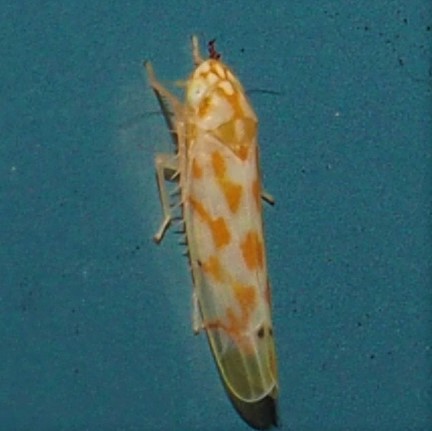
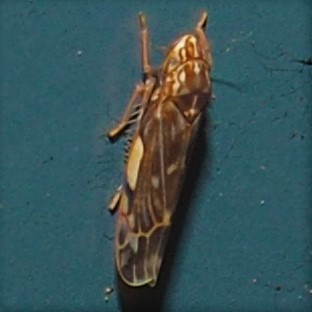
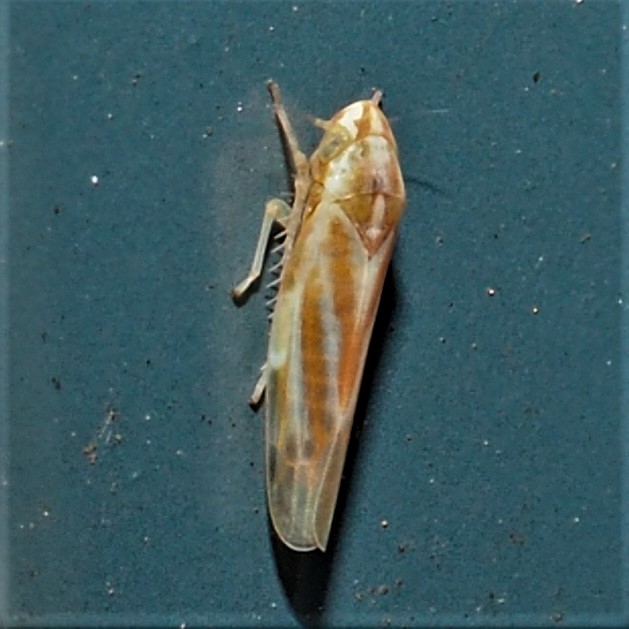
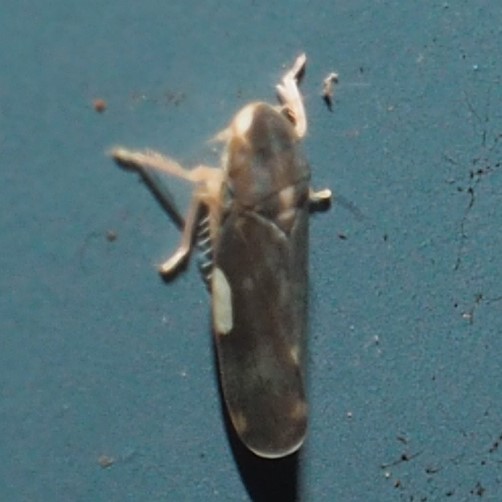
Alphabetically "caterpillar". I'm not sure what this "worm" really is - it's long though very skinny. Second is a so-called "Bristle Millipede", genus Polyxenus.
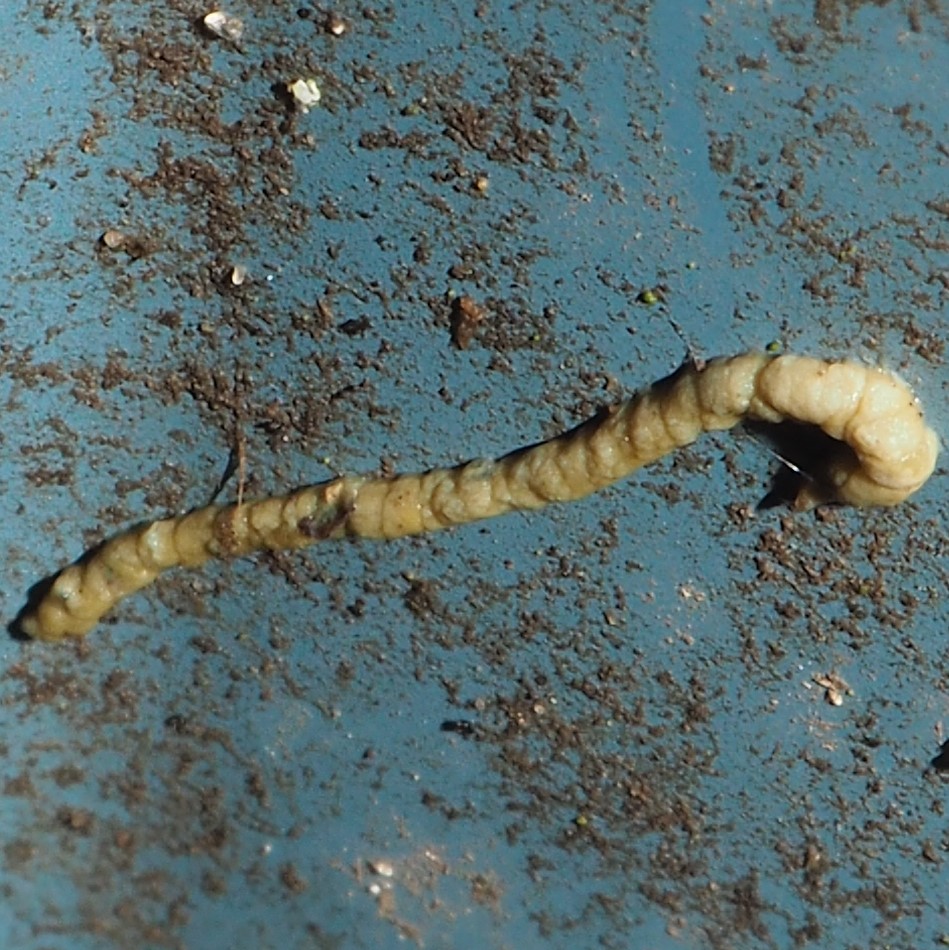
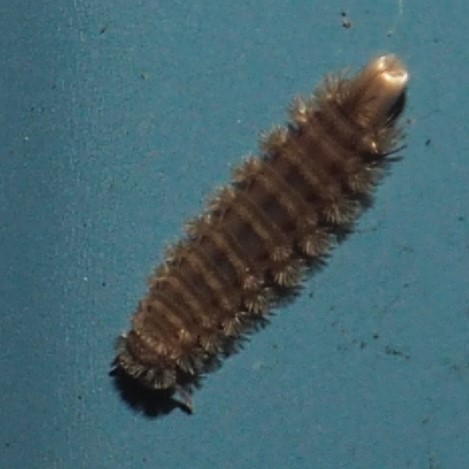
Remember this pretty fly from last week? It was Asteia beata. Well, this week I found a new fly - turned out that it shows the part under the translucent wings - very unusual.
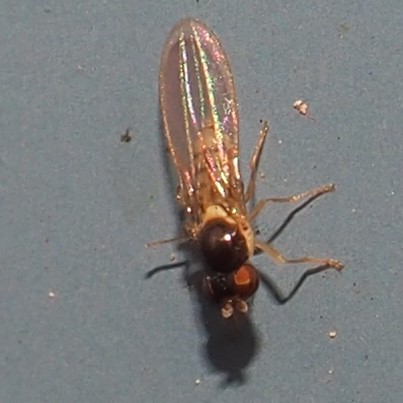
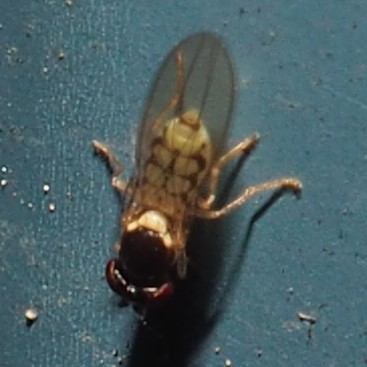
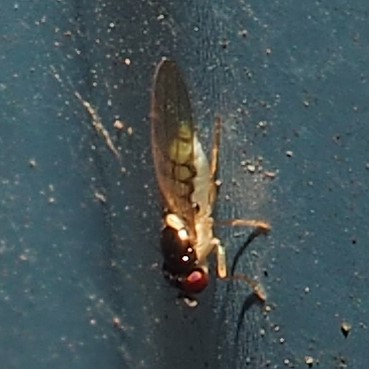
This week the Crane Flies were larger than I've been seeing for a long time. This one (first two pictures) was about 2 inches - just the body. The others were progressively smaller.
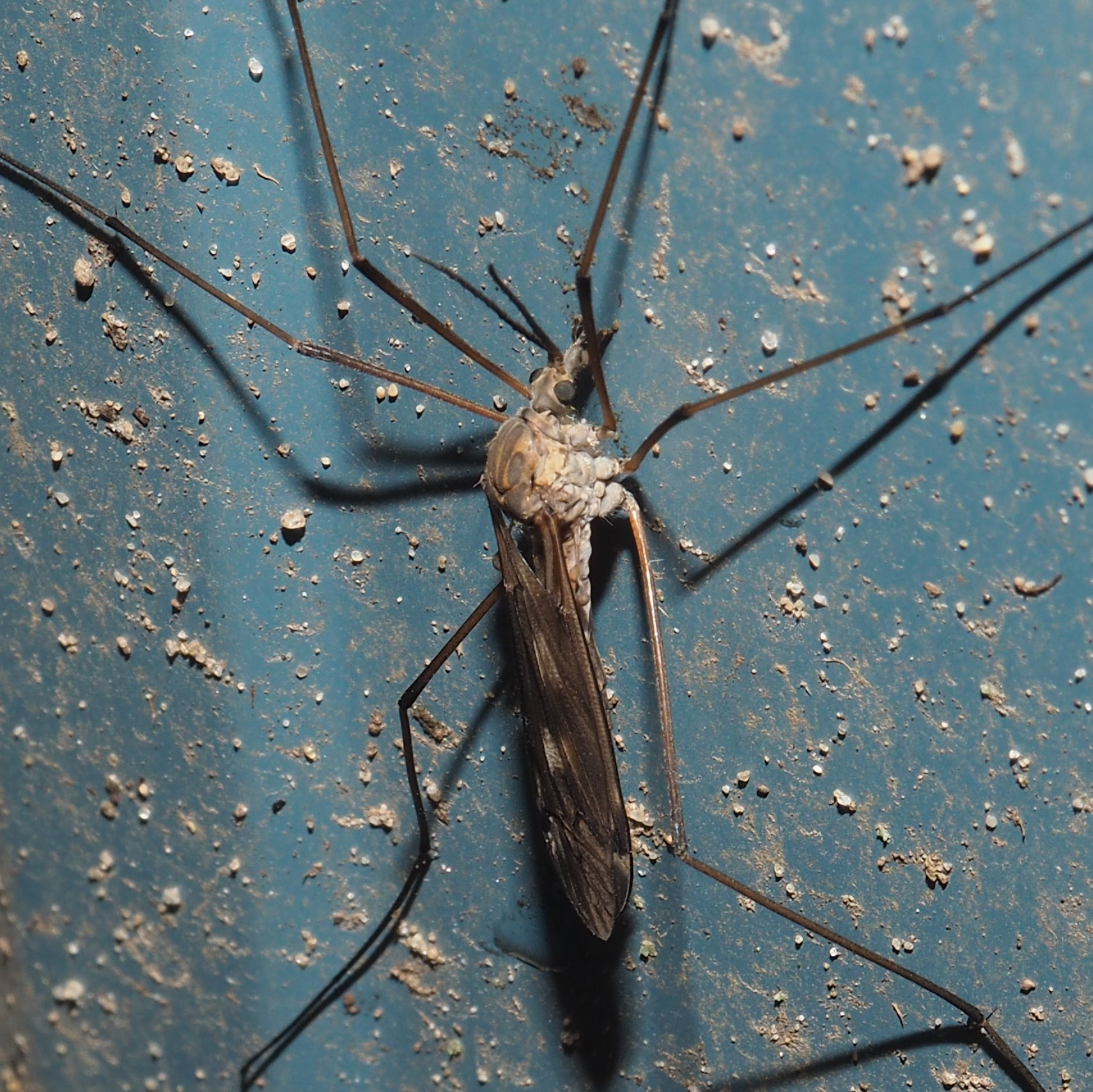
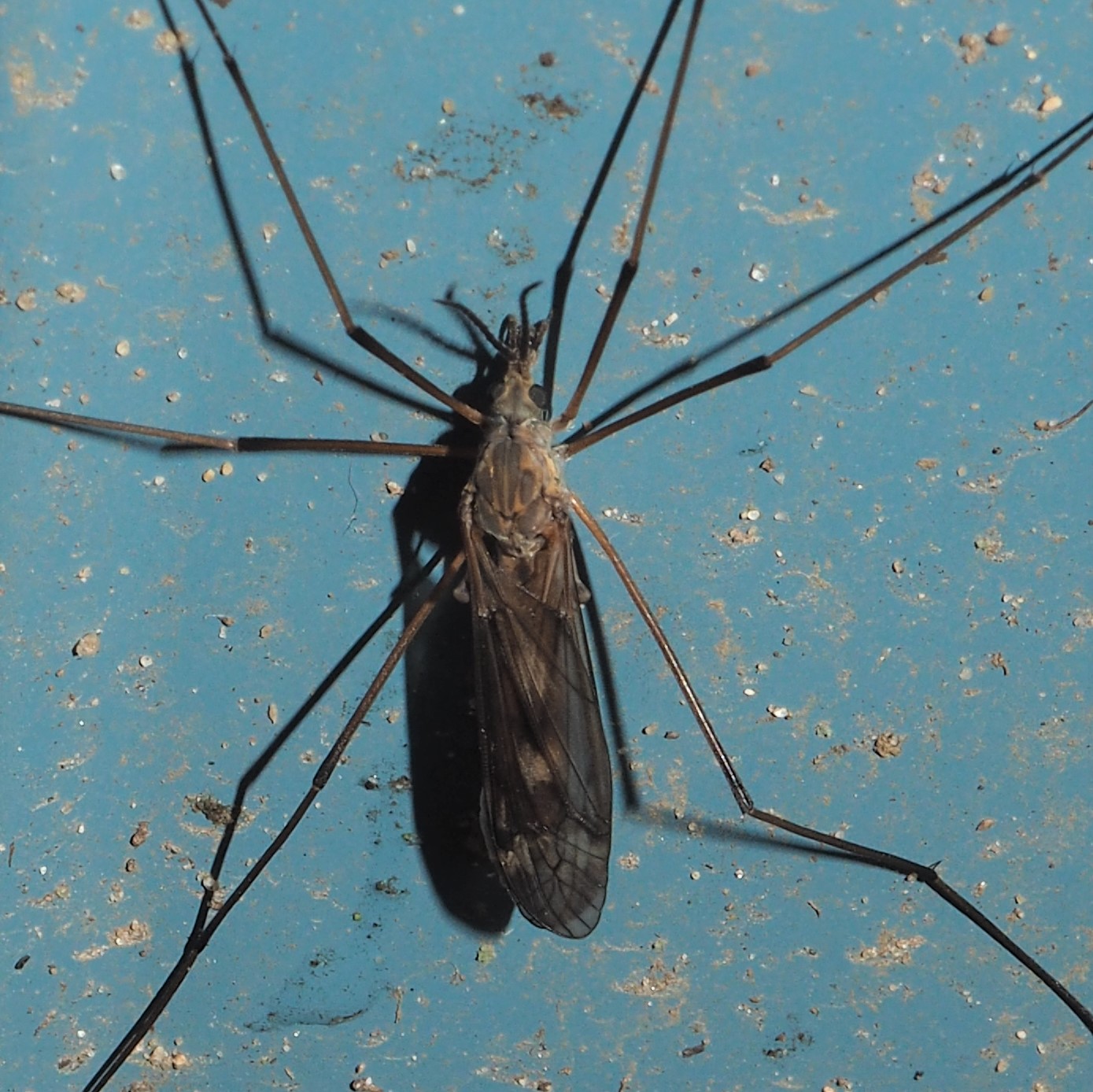
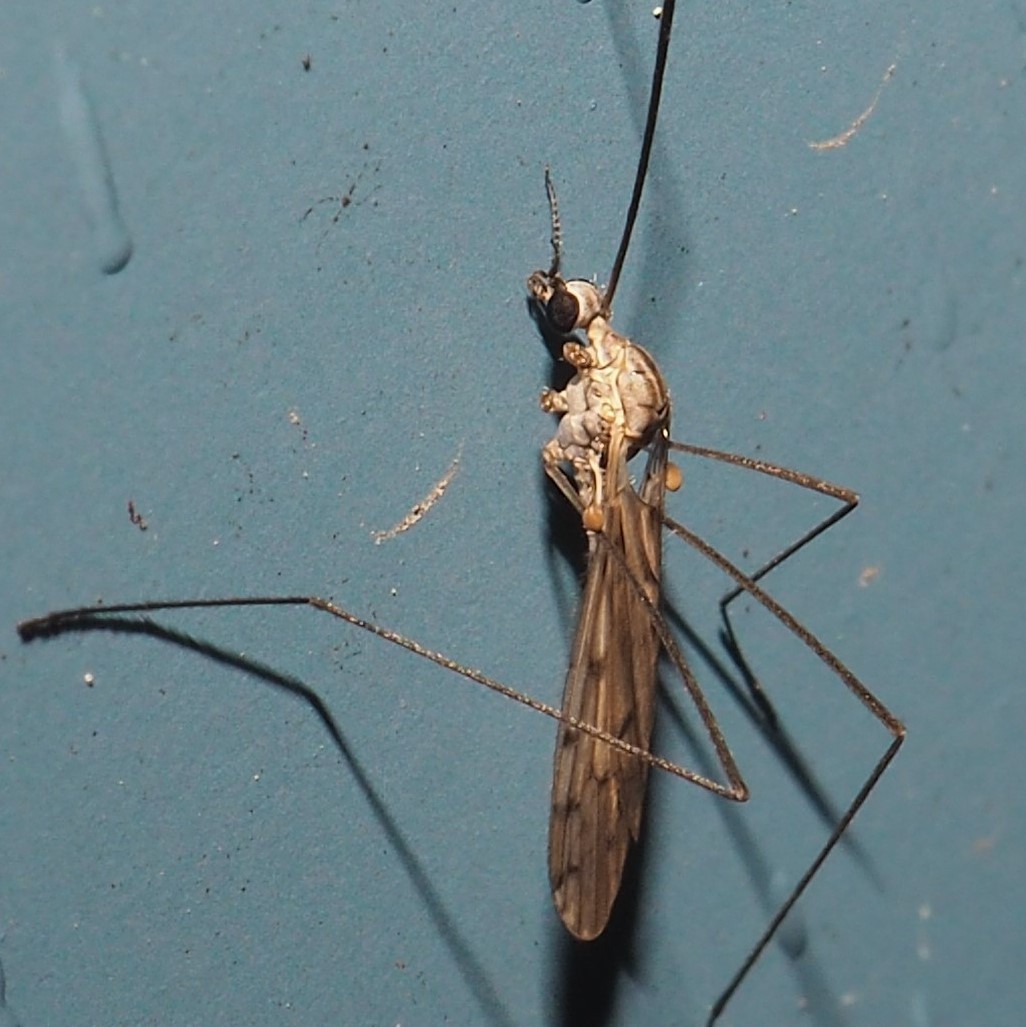
That orange and black fungus gnat was still here this past week.
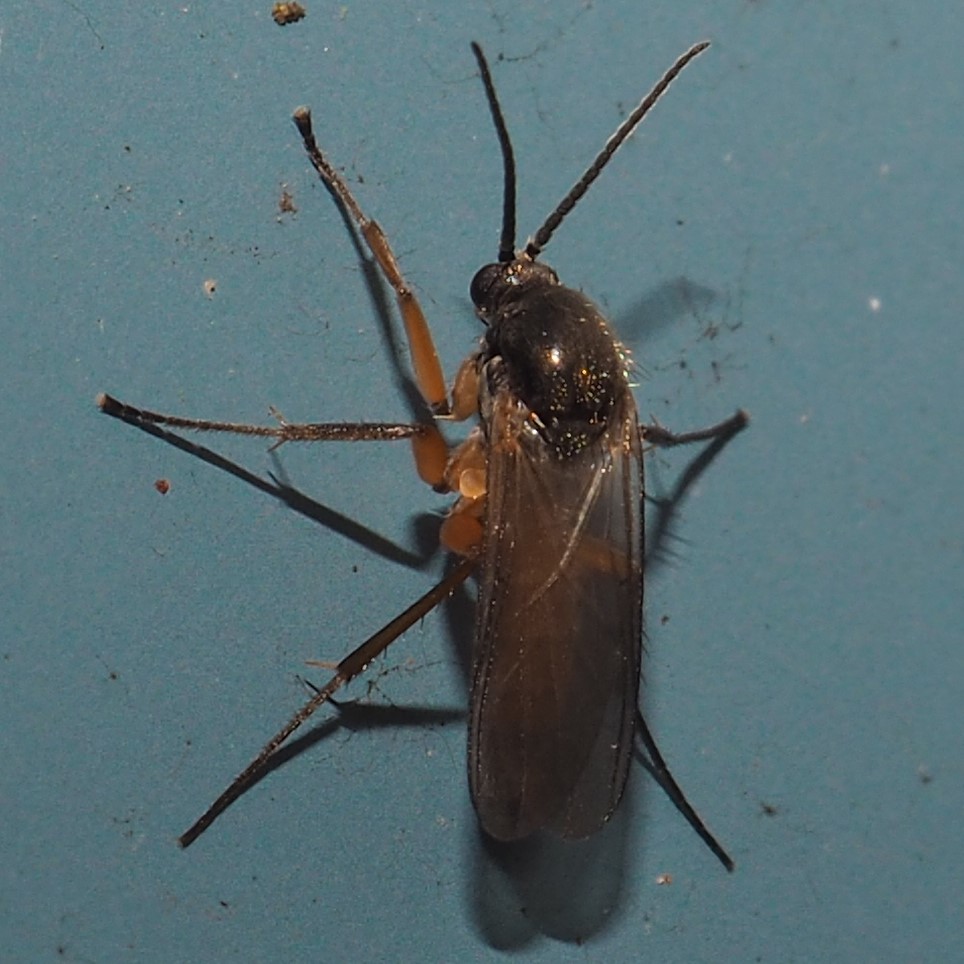
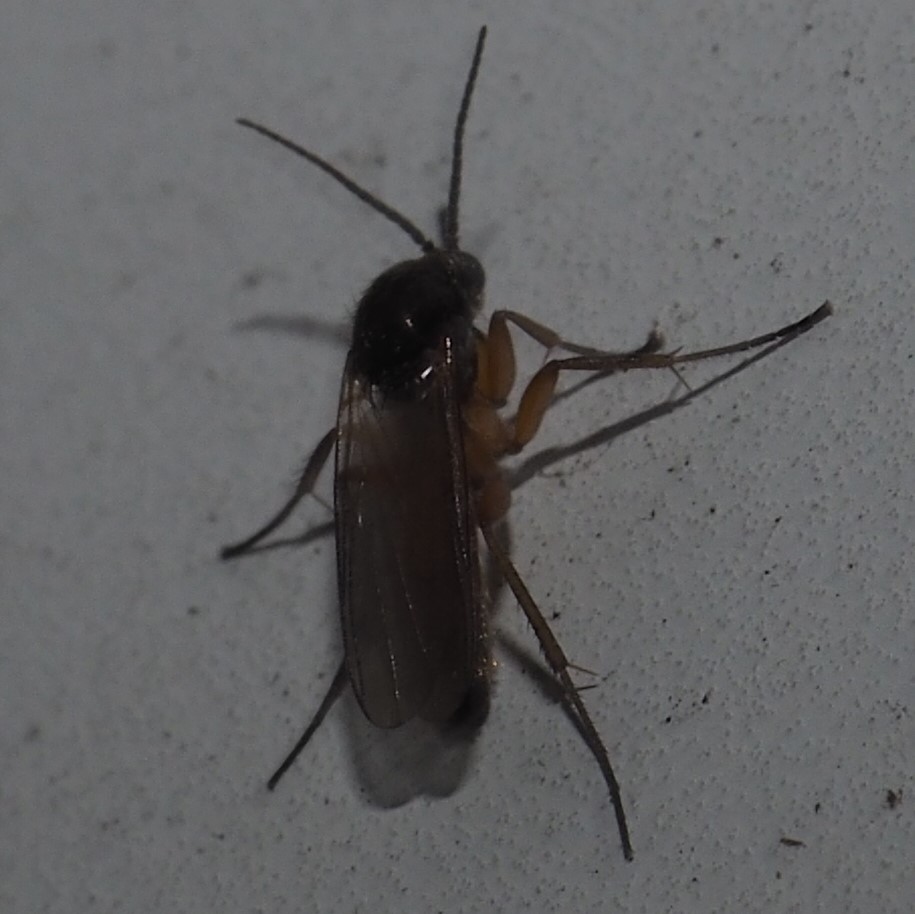
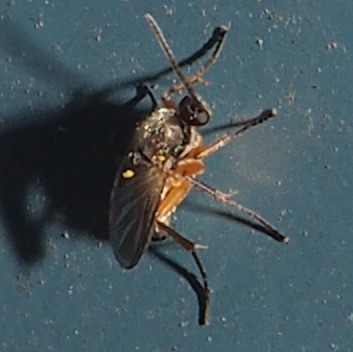
There were quite a few flies that were interesting and sometimes lovely. My personal favorite was this green midge with white wings (last two pictures).
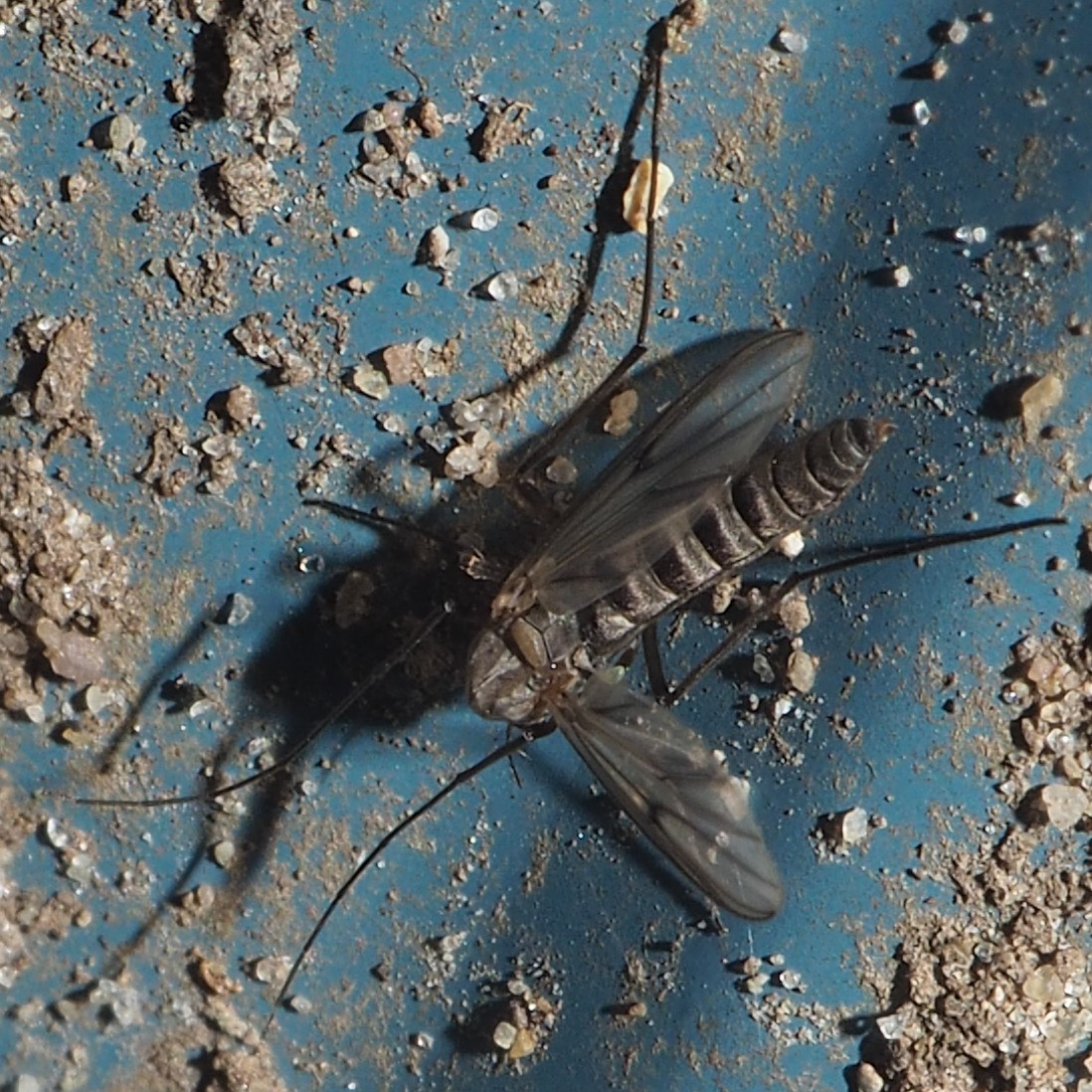
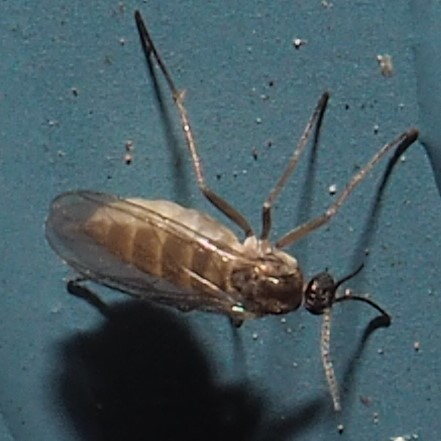
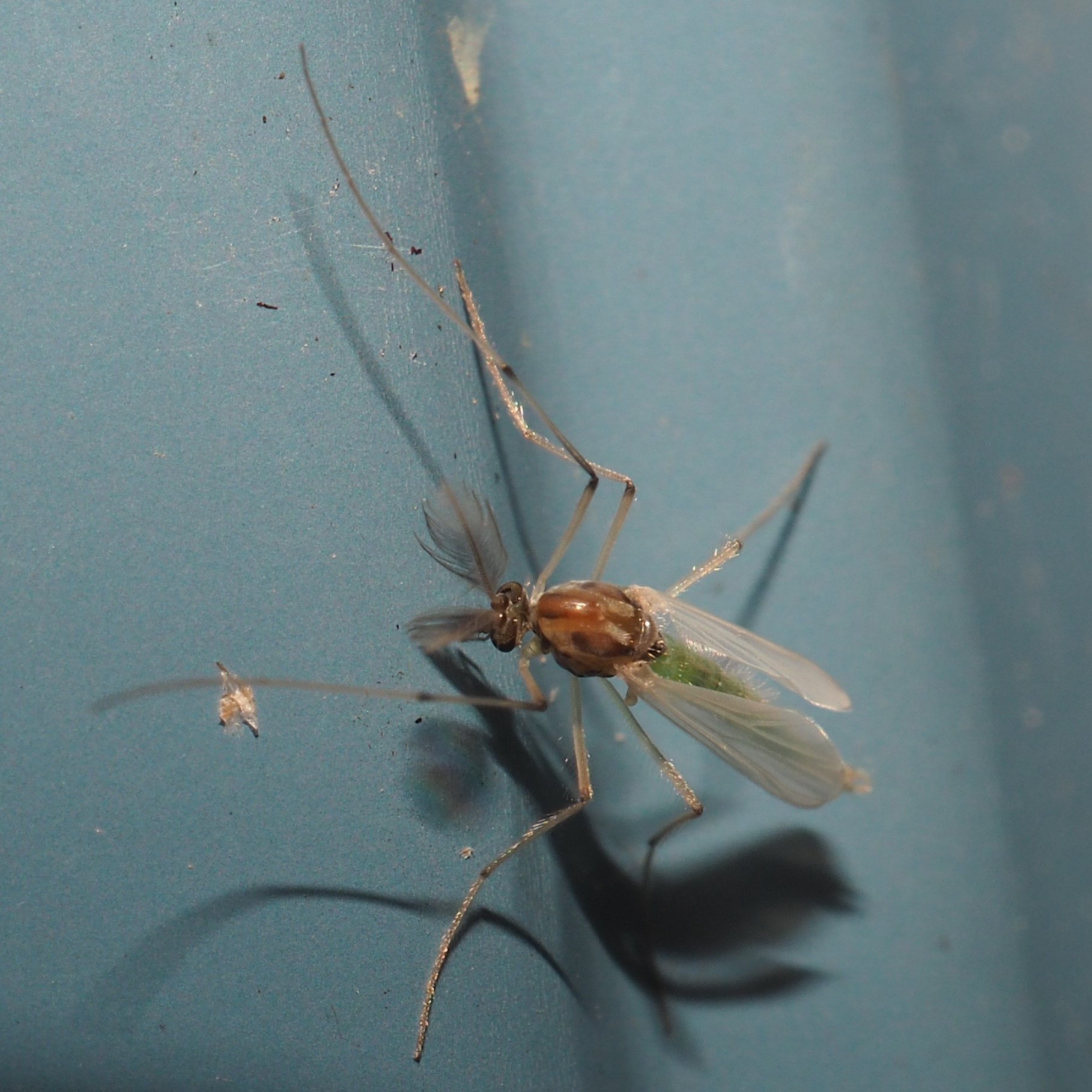
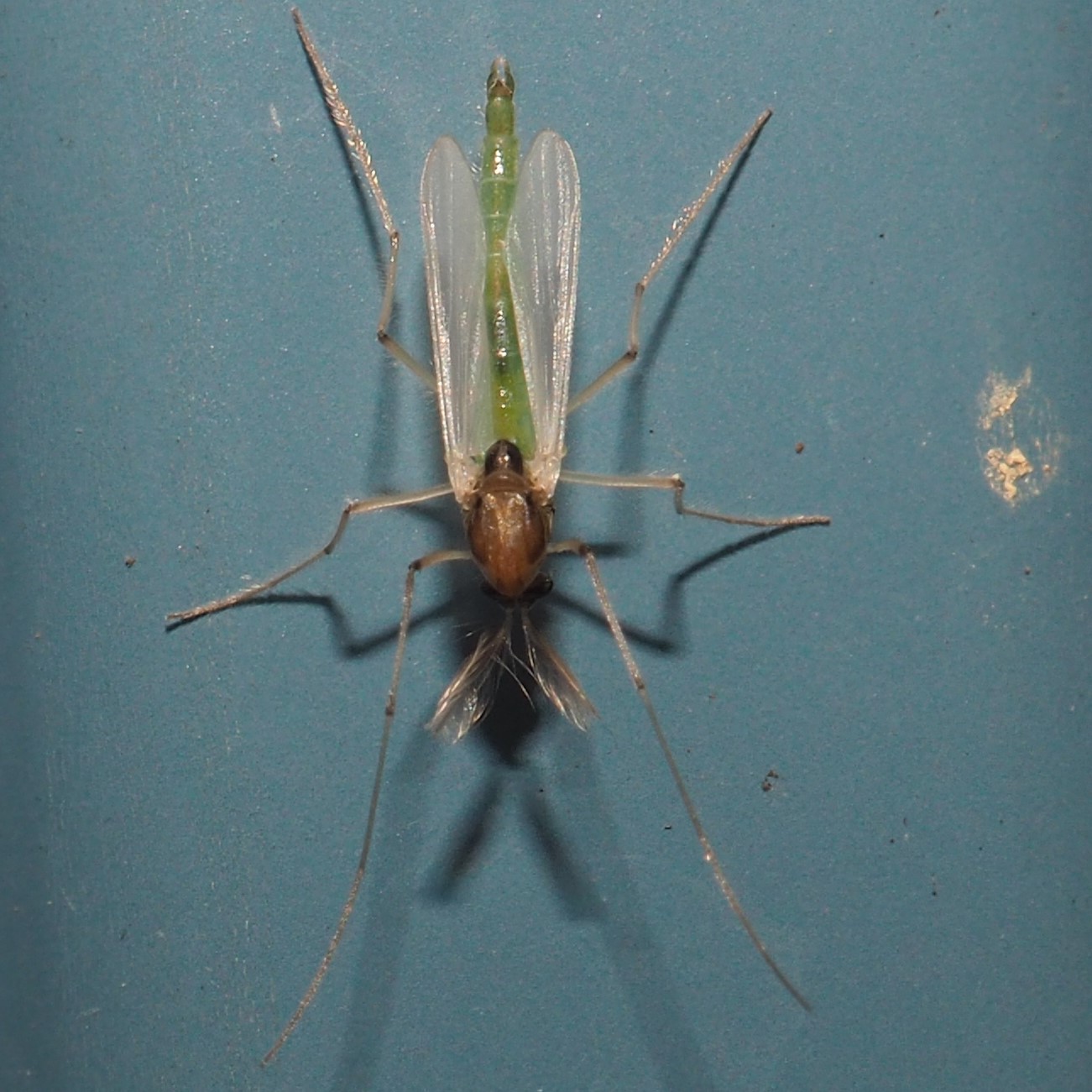
I see this fly (first two pictures) often but don't have a good ID for it. Of course I love the dark iridescence of the last fly (probably a midge).
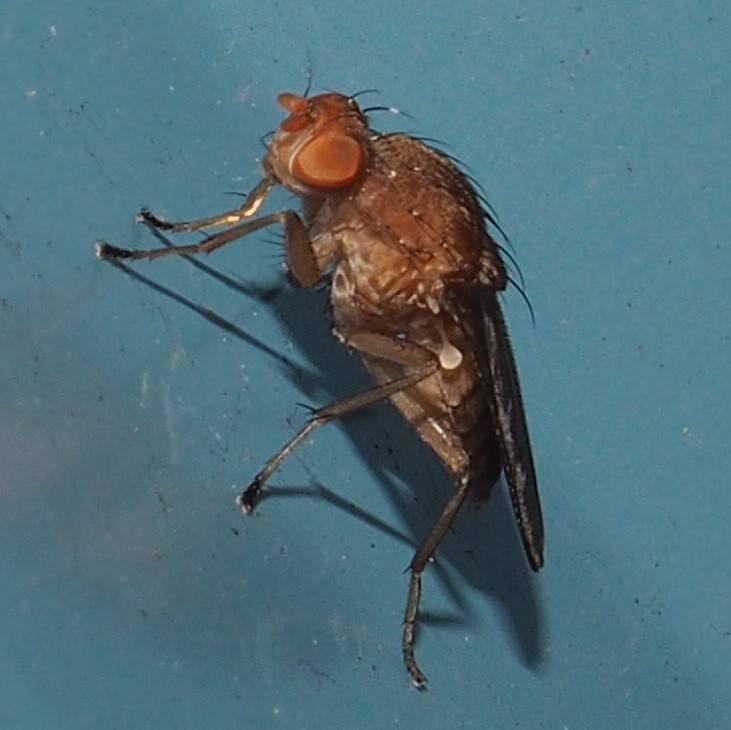
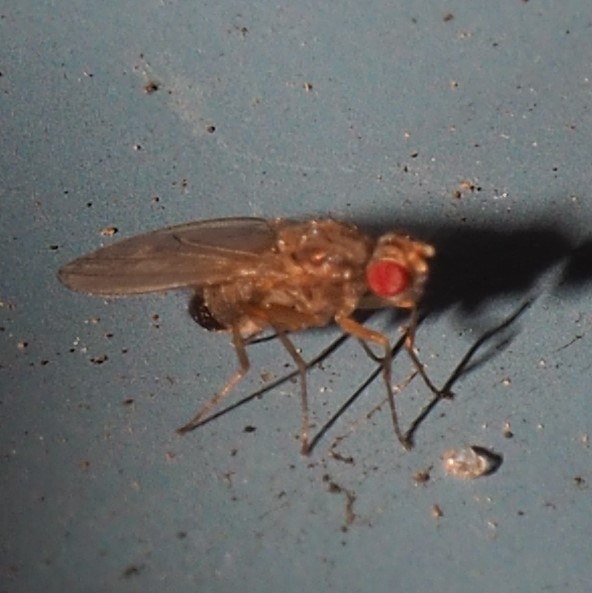

One more fly. It is of genus Scaptomyza.
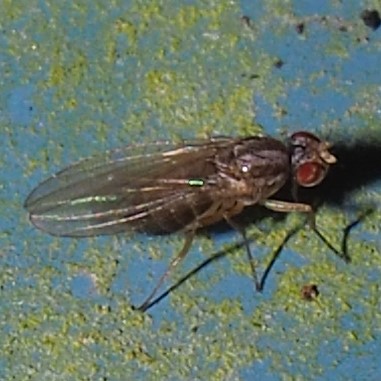
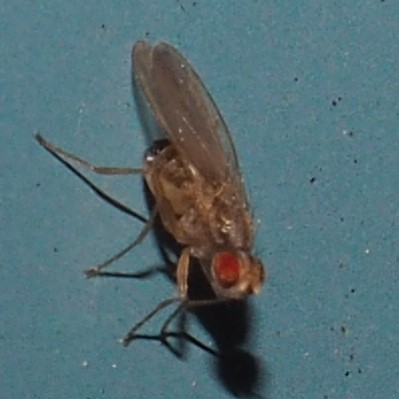

You know that patch of wild geranium? It has STILL not bloomed. But suddenly the Forget-Me-Nots are entering full bloom. I love that blue. The Golden Wood (Celandine) Poppies have now bloomed in huge patches. This is a lovely plant and I will be happy to share. The pulmonaria is also about to reach its peak bloom.
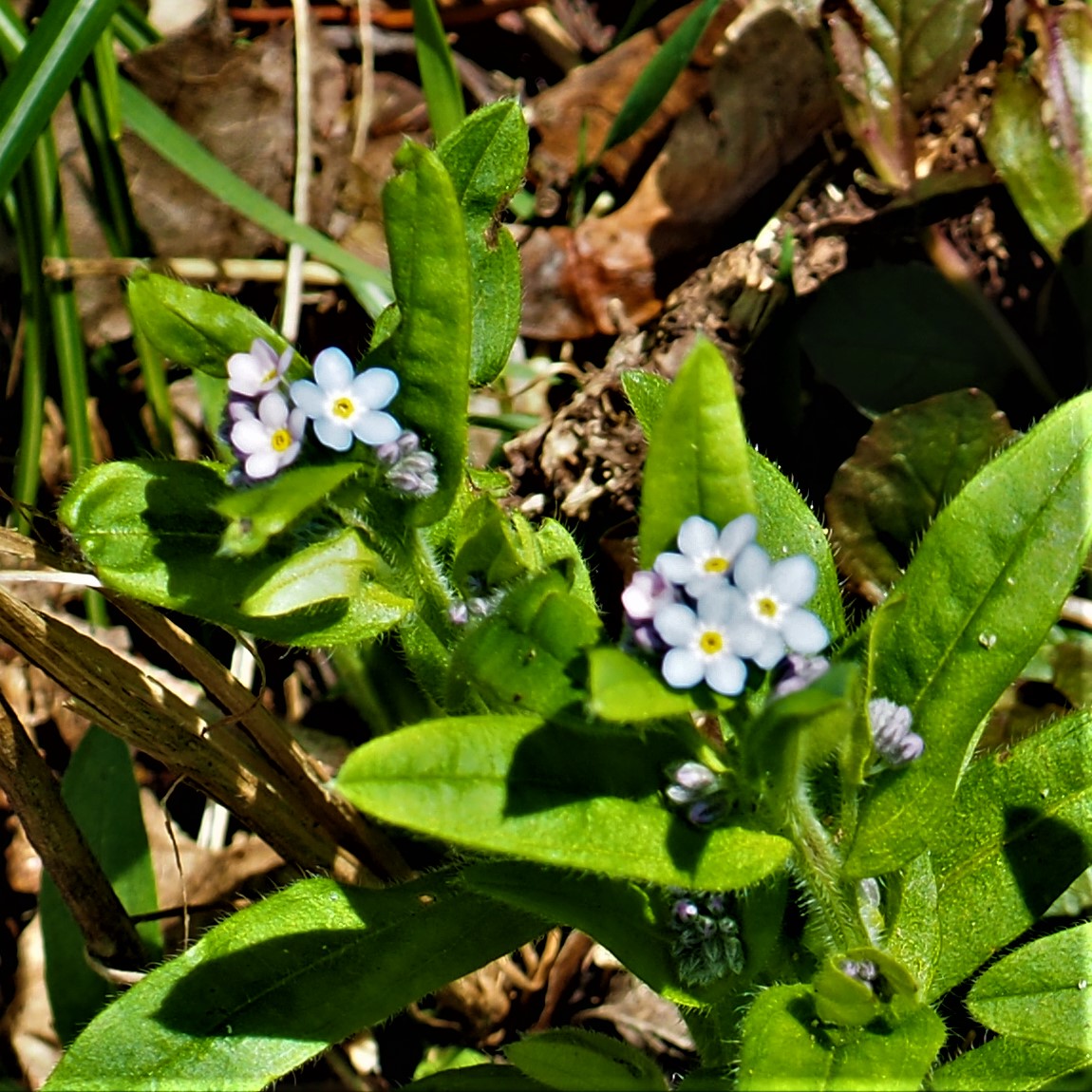

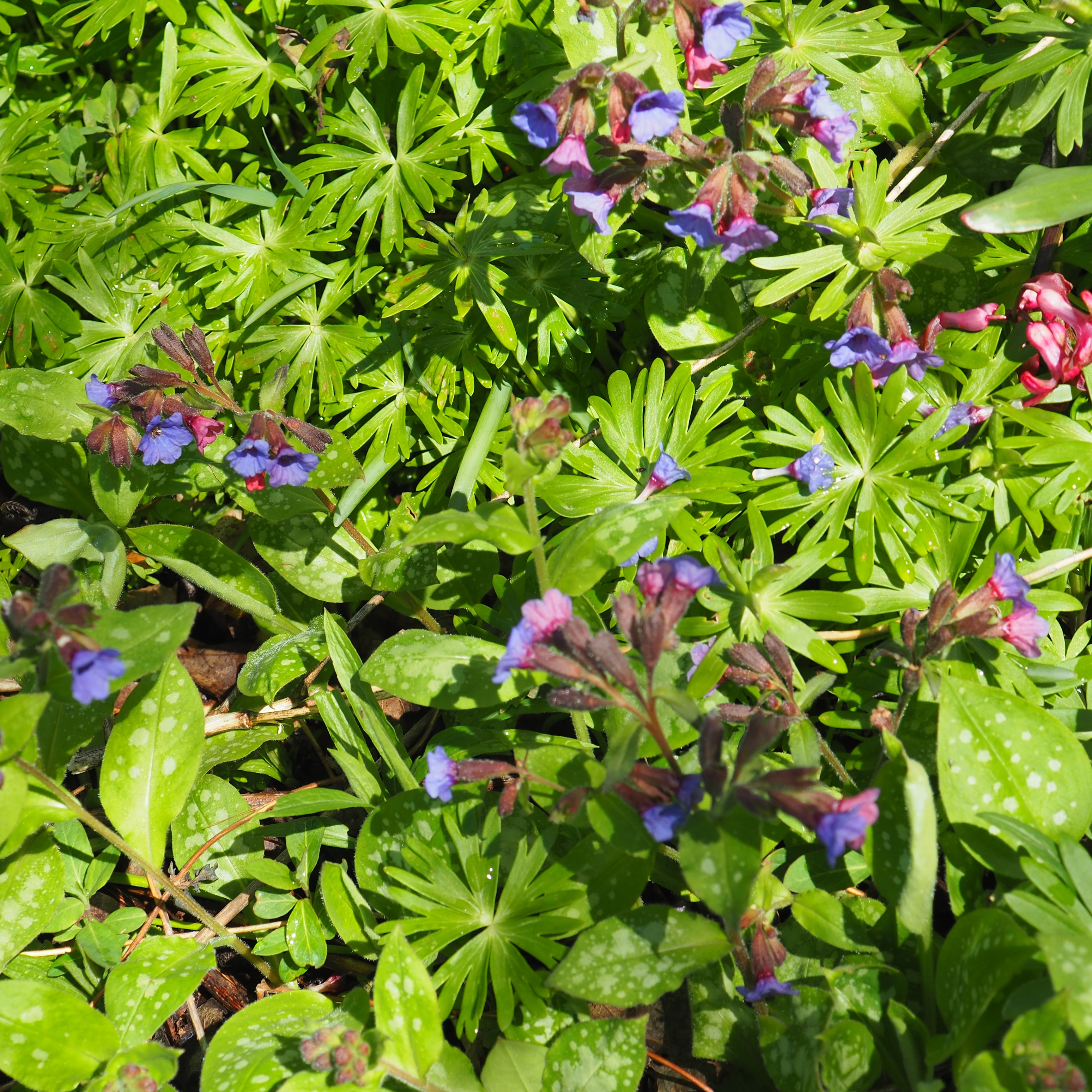
The later blooming Grape Hyacinth is still blooming and its heads are still conical, unlike the finished heads of the earlier variety. The Honoraria or Money Plant has moved its home from by the south sidewalk to the northern front shady area. And the Hellebore is still lovely but letting its flowers droop a bit more.
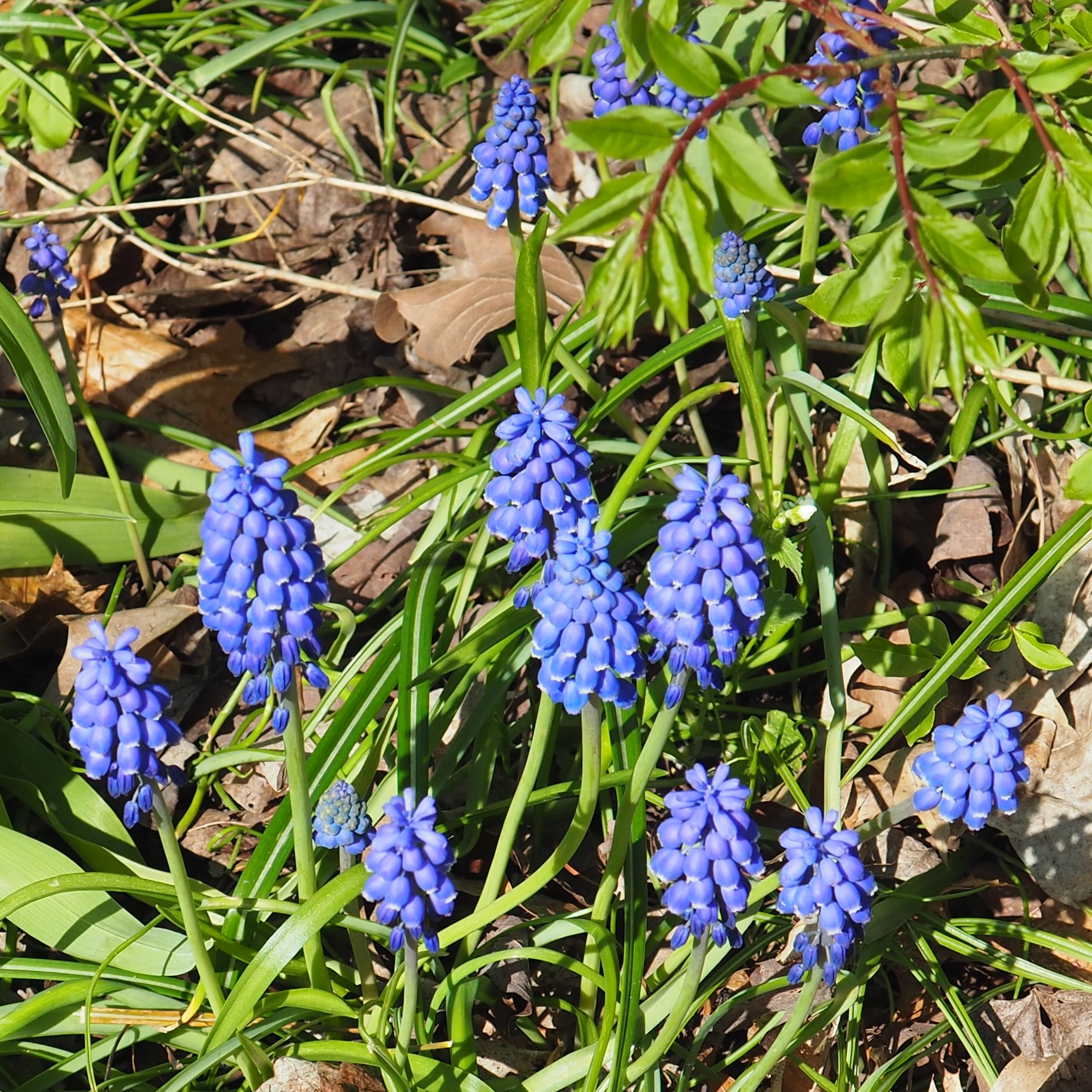
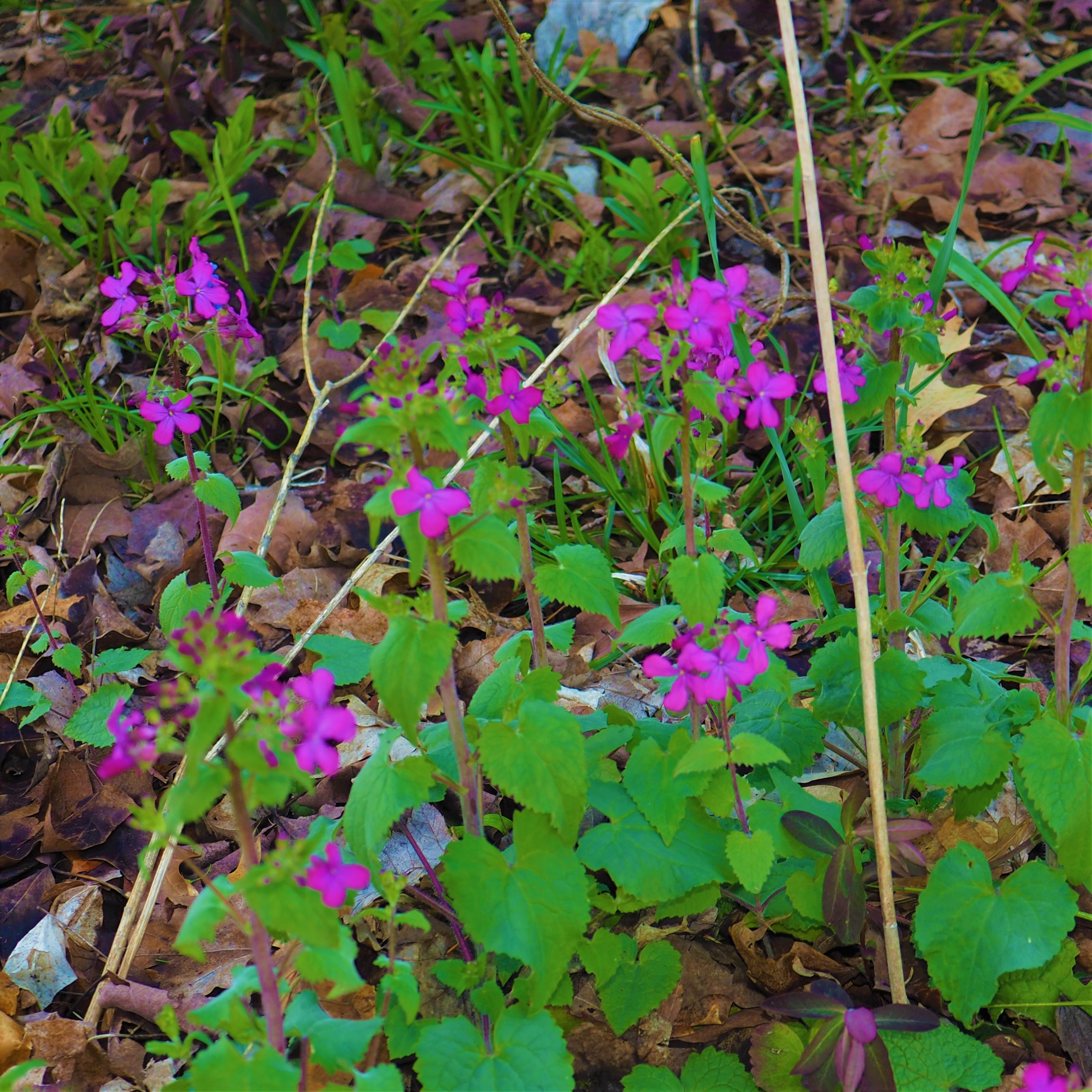
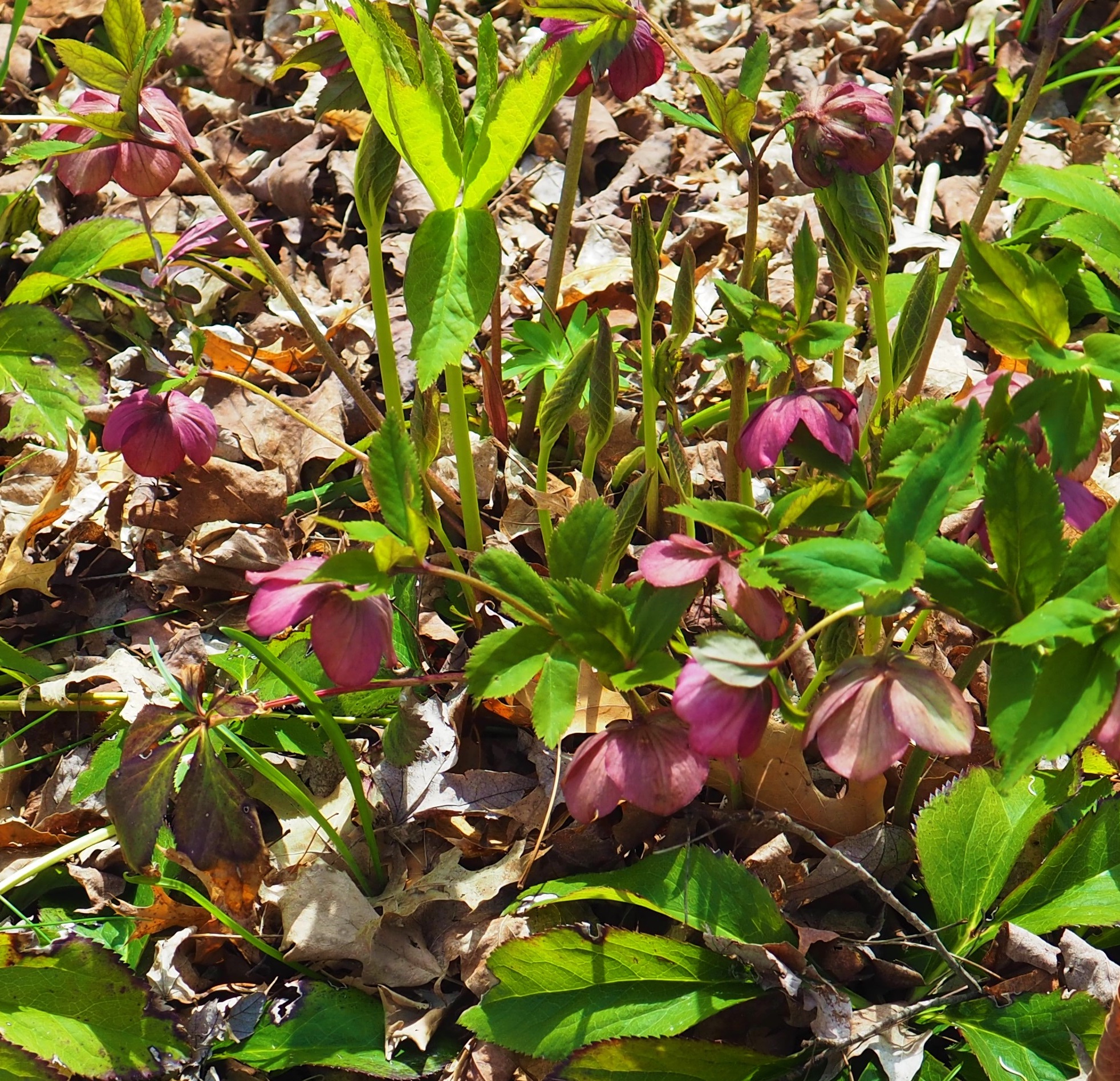
A few more things before we go on to the Spiders. What, you say? Isn't that pink spider a spider? I thought so too. It turns out to be a Harvestman! Check: it only has one big body part, not two like spiders. Then comes a Brown Lacewing, and then a Pillbug.
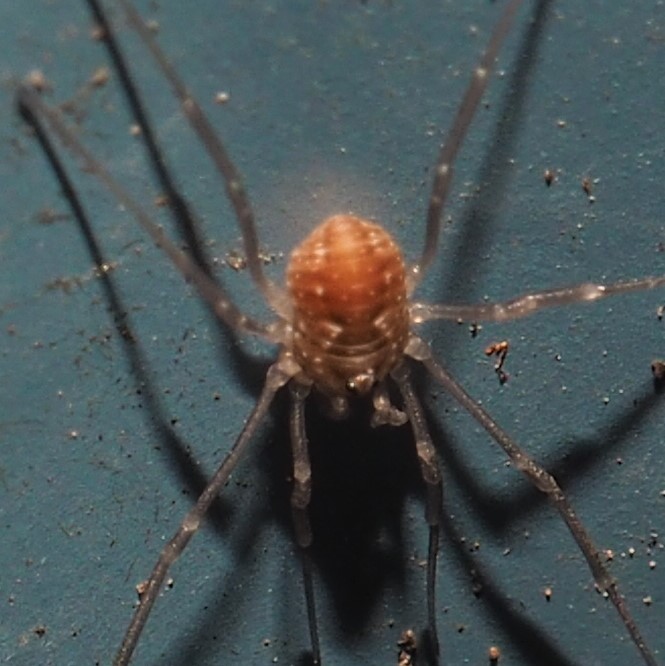
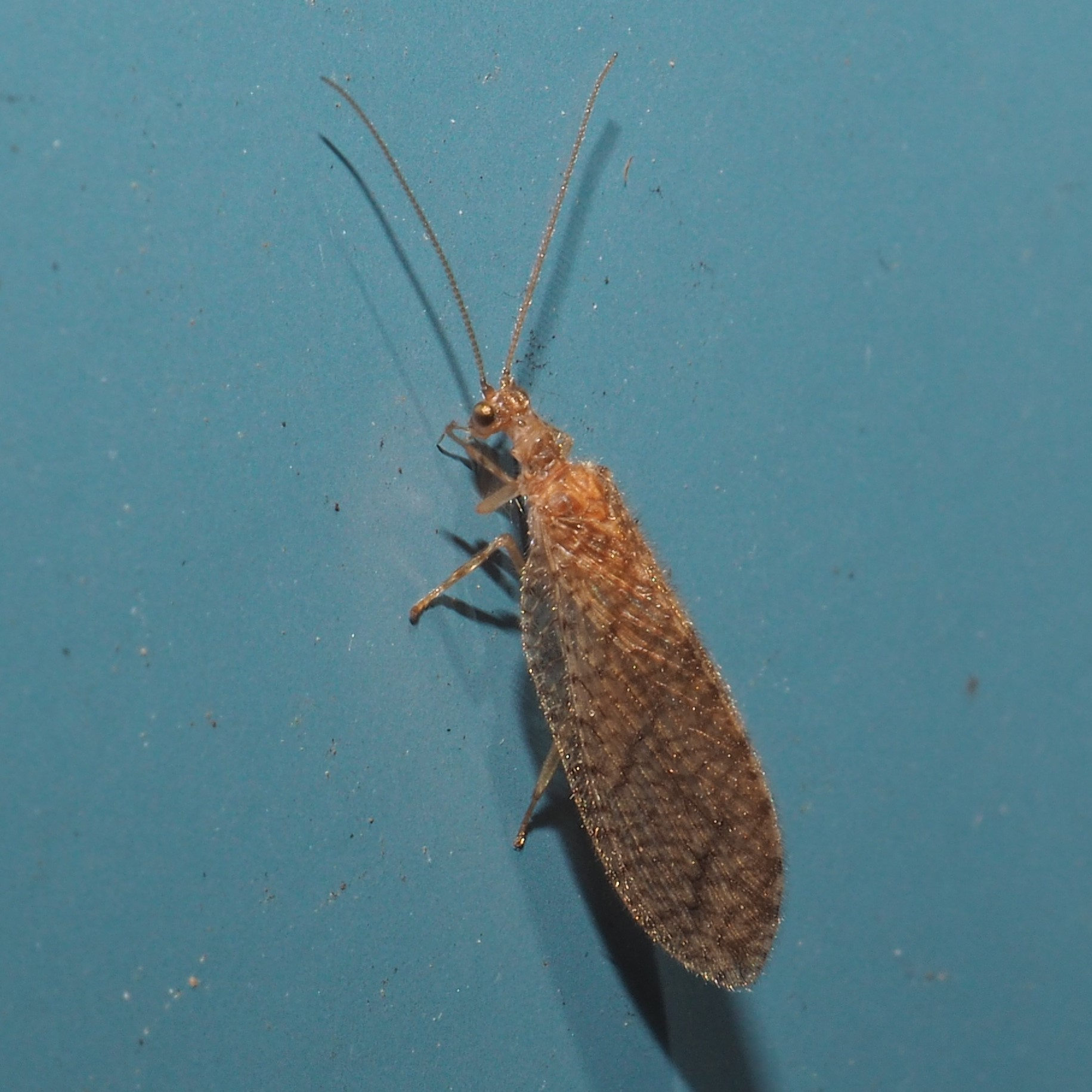
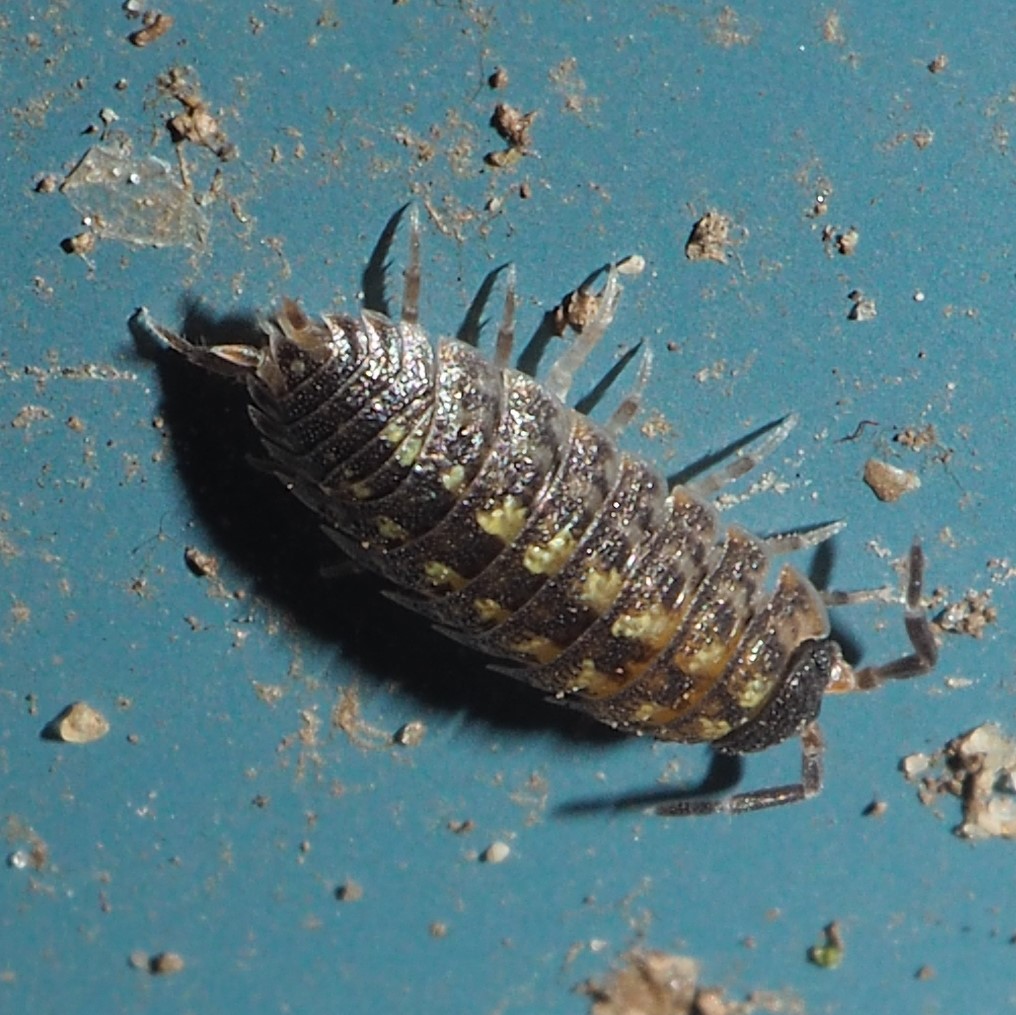
All right, I think this is a fine time to look at our Real Spider Collection. Let's start with true confessions. I thought this Crab Spider was one of the ones I only see on the Wall, a Ground Crab Spider. But look how delicate it appears. It's very misleading of it to do this to me. This is one of those little Crab Spiders (genus Mecaphesa) that are usually seen on plants where they hide in wait for unsuspecting littler things. Next is a Running Crab Spider, running on the Wall. Third is one of the several Grammonotas that are out there right now.
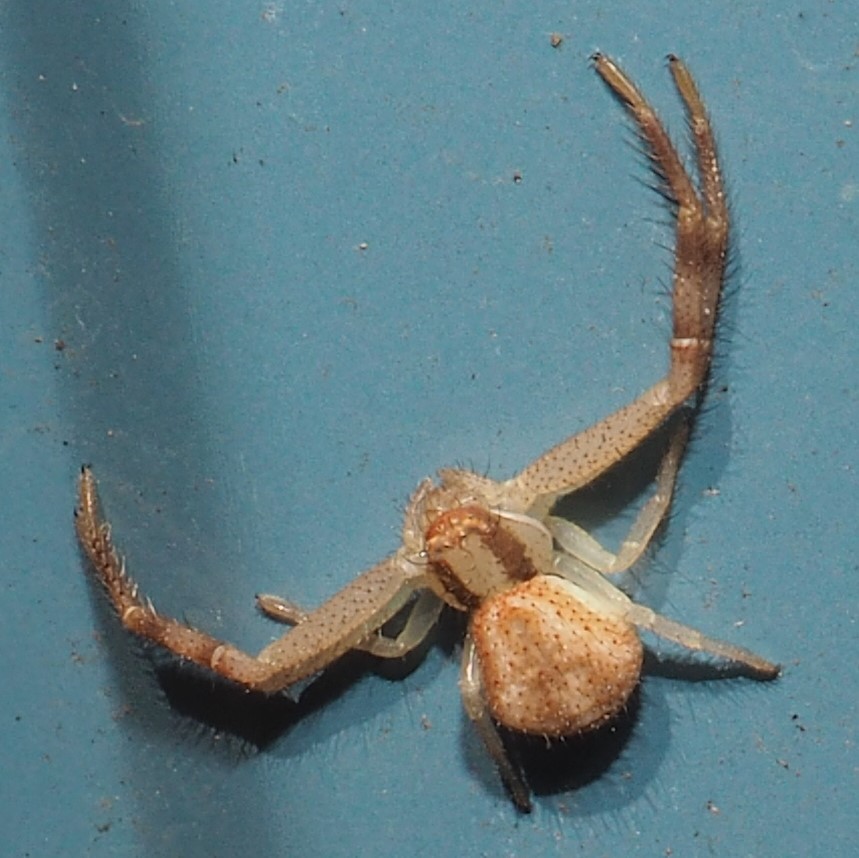
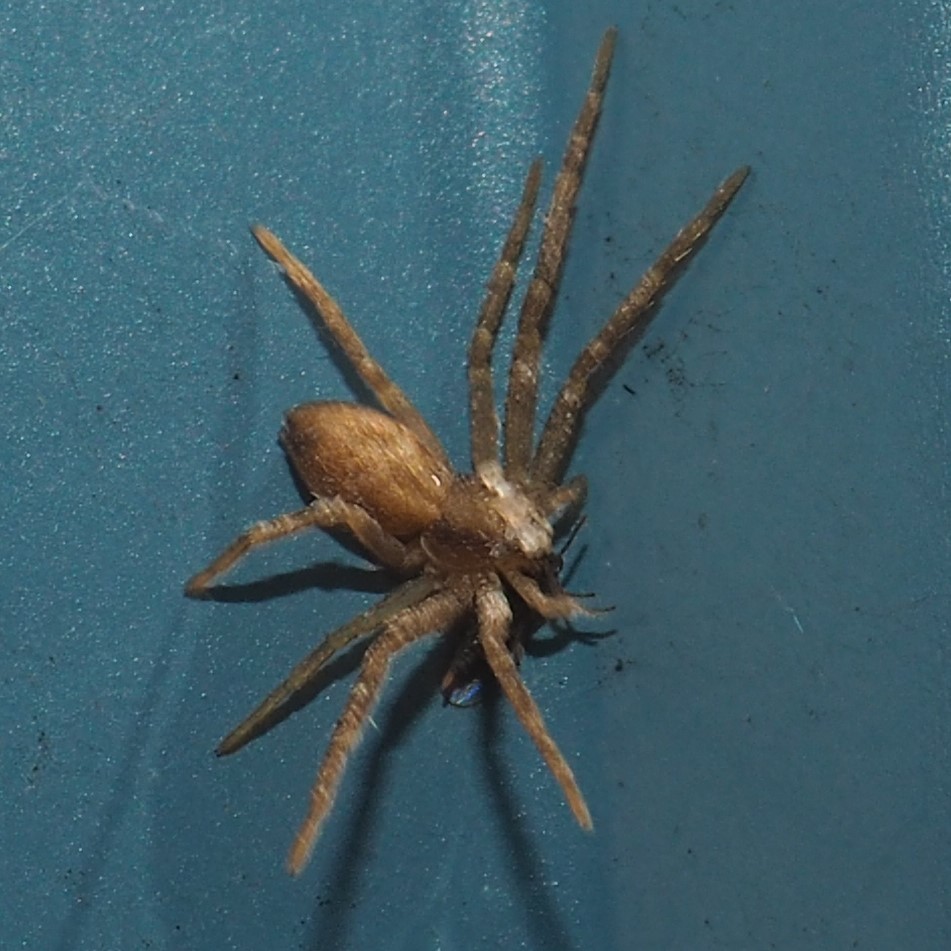
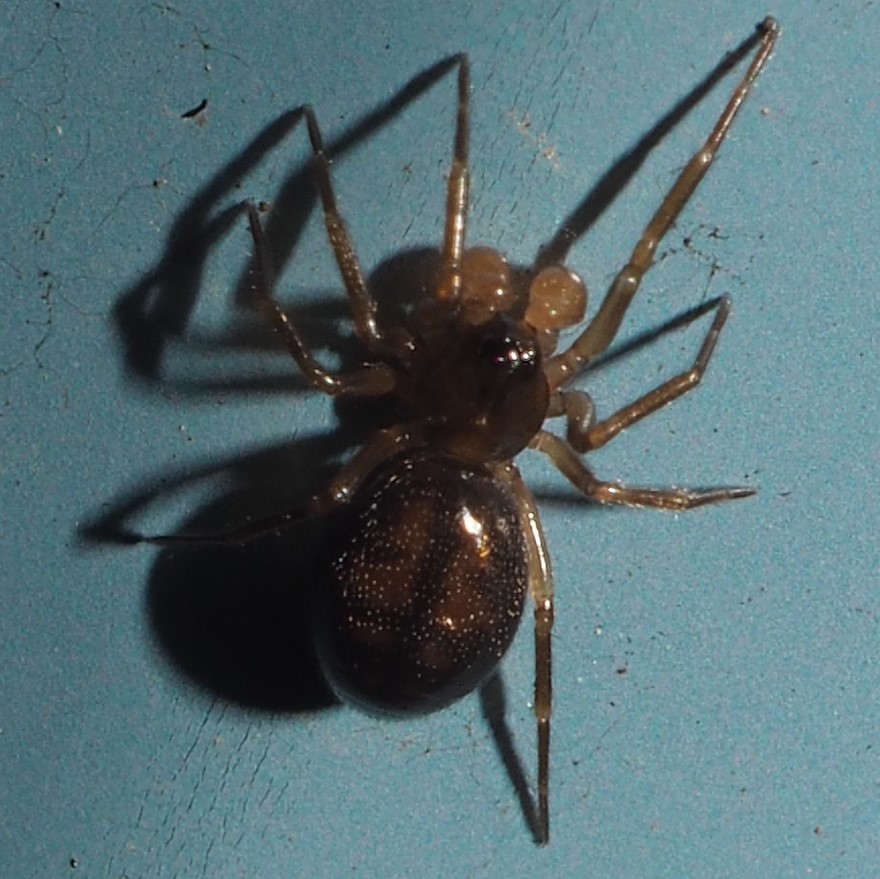
I thought I'd found something really new, but it turned out to be an Asiatic Wall Jumping Spider. All I saw were the upturned eyebrows on this one, thinking how sleepy it must be! Second is one of those spiders from last week. The eyebrows are hidden. Could you tell these are the same kind of spider?
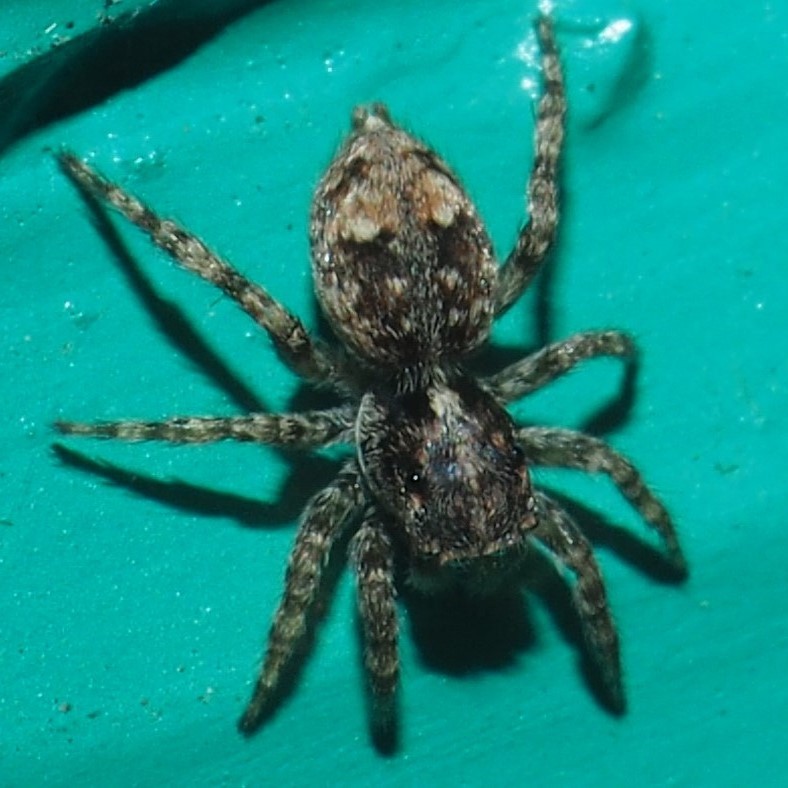
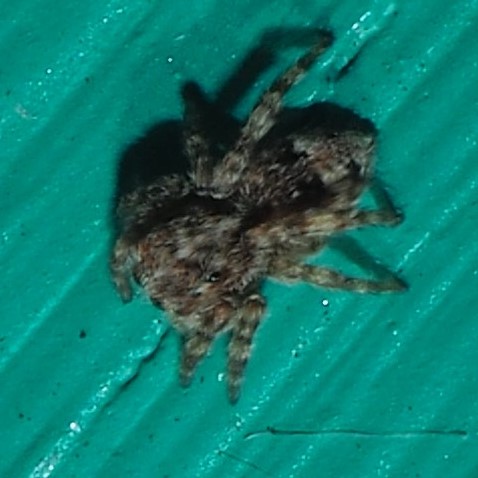
I can't believe after all the chances I had last week to photograph the Horned Paraasitic Cobweaver, that THIS is the only shot I got this week. Here it its, curled into its resting position. Second and third, I actually recognized this Thin-legged Wolf Spider by (of all things) its thin back legs.
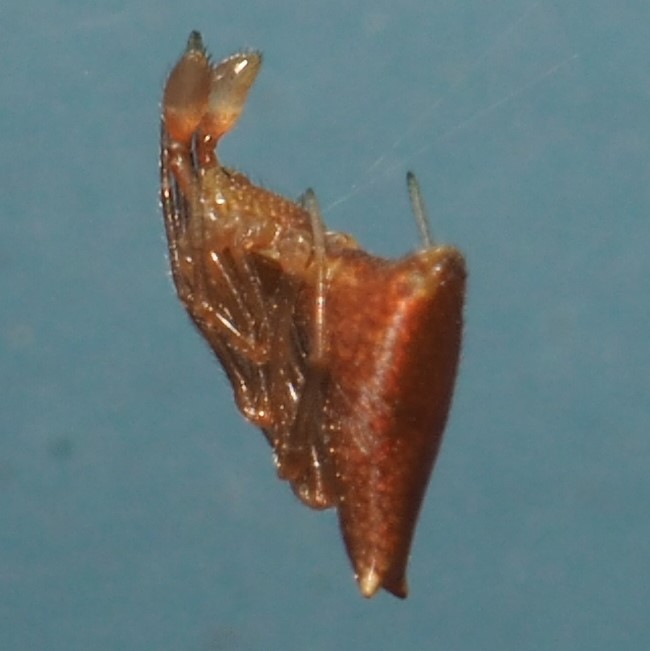

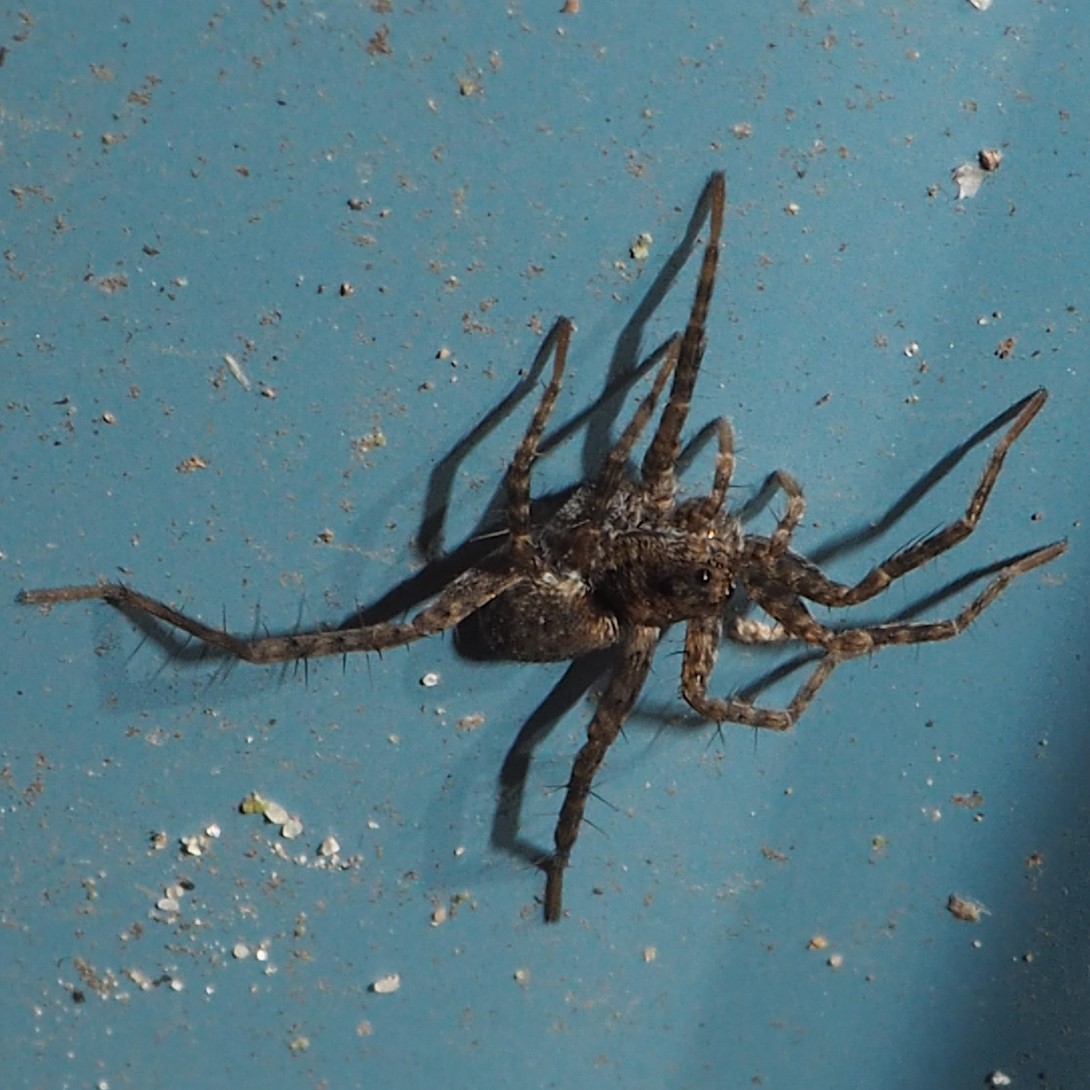
Here is one that always has perplexed me. But since Matt Claghorn finally diagnosed it as the Lyric Cobweaver, Yunohamella lyrica (picture 2 from the week of April 19, I now see it everywhere. I hope this is right! Third is another very common Cobweb Spider here.
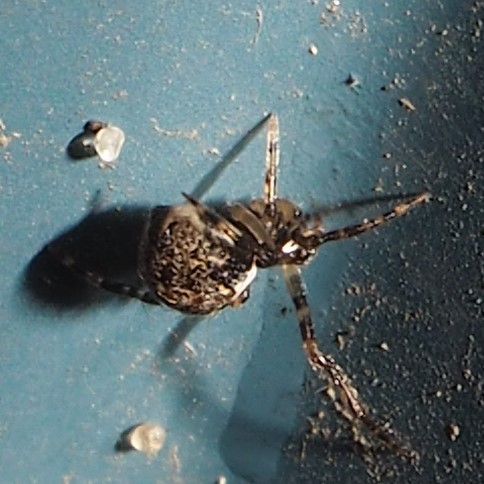
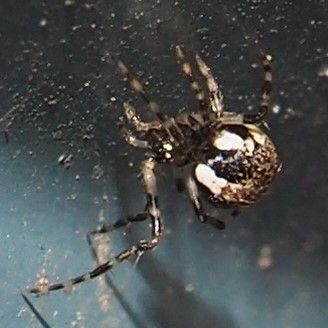
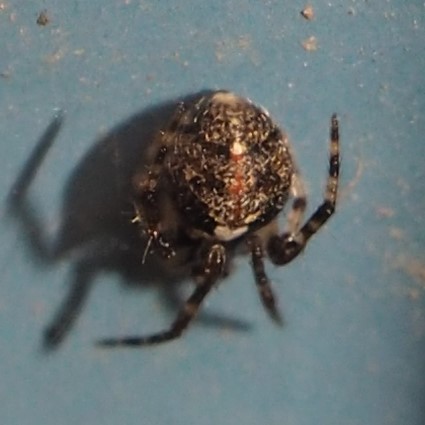
This Common House Spider seems to have an infinite number of legs, but it doesn't. Though small, they can handle prey that looks impossible to eat. Third is some kind of optical illusion. The little Mecaphesa seems to have decided that one half is prey, unless some other spider managed to cut it into two halves. It bothers me for many reasons.
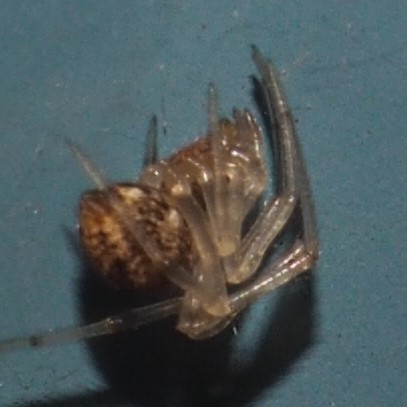
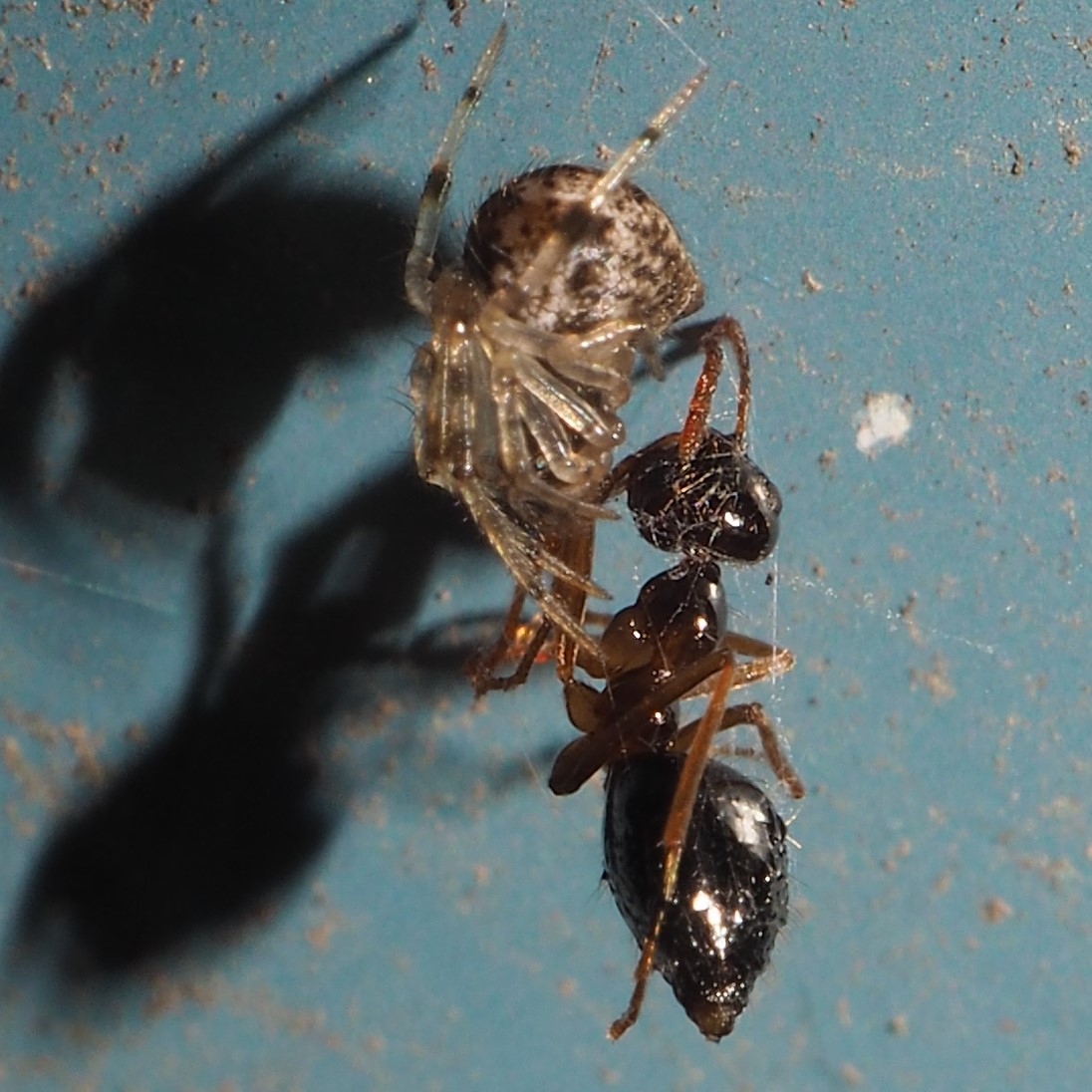
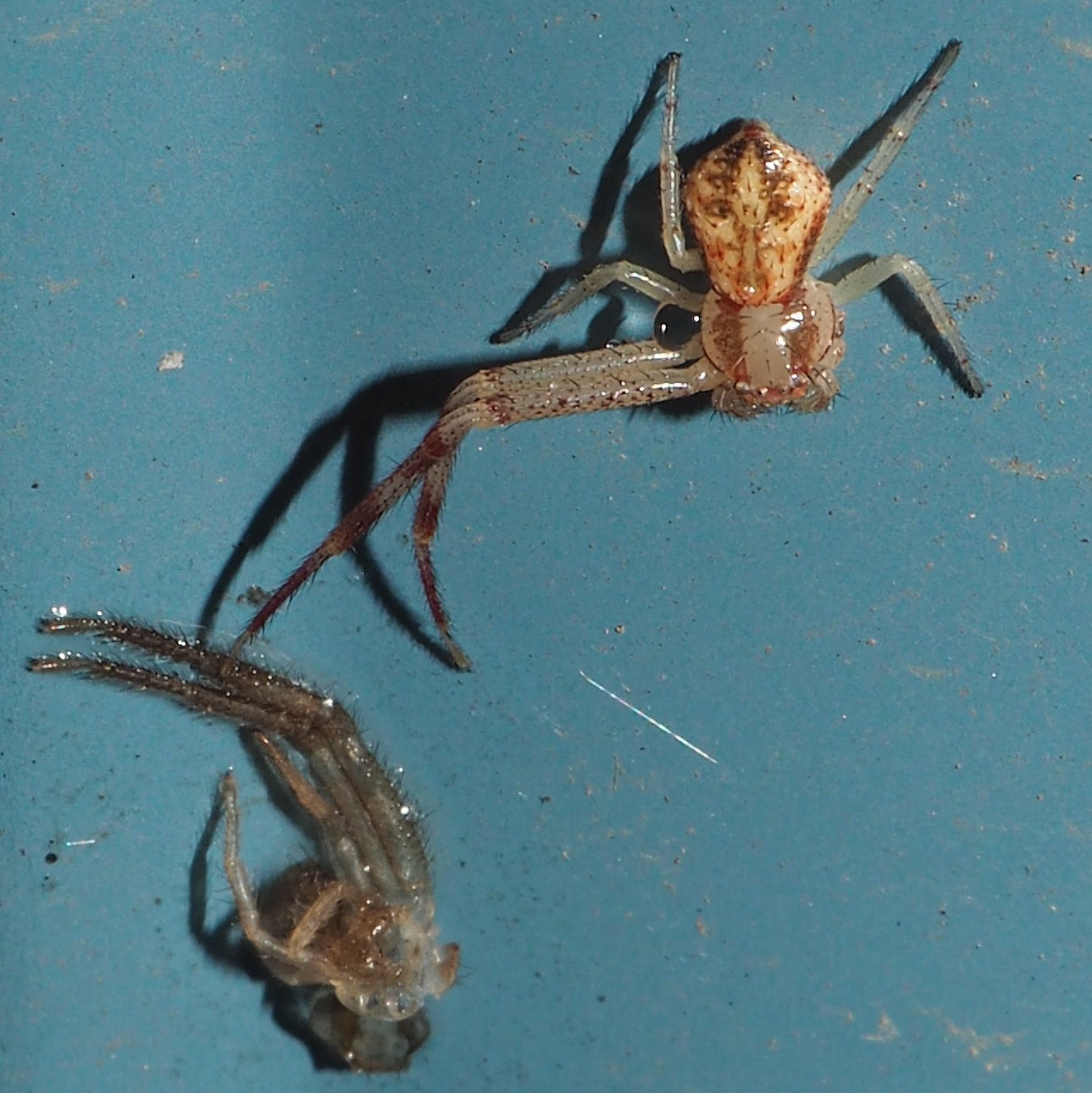
Rarely do I get a confirmation of an ID of a Springtail. But lately three have been positively identified. First is one I submitted to iNat in February that was recently ID'ed by @alexis_orion in iNat. It's the Cosmopolitan Springtail, Entomobrya nivalis, which name suggests it loves snow. Second is the Slender Springtail Willowsia nigromacula, whose name suggests Black Spots. It was also identified by @alexis_orion. Thanks Alexis!
The third one is a little Globular Springtail called the Garden Springtail (Bourletiella hortensis) and ALSO identified by @alexis_orion!
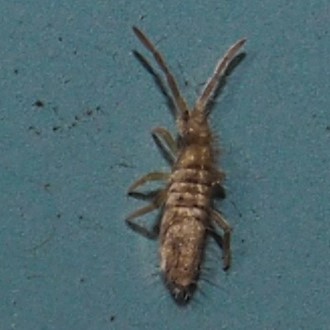
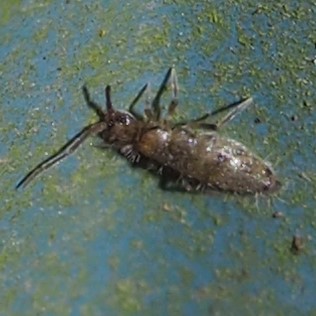
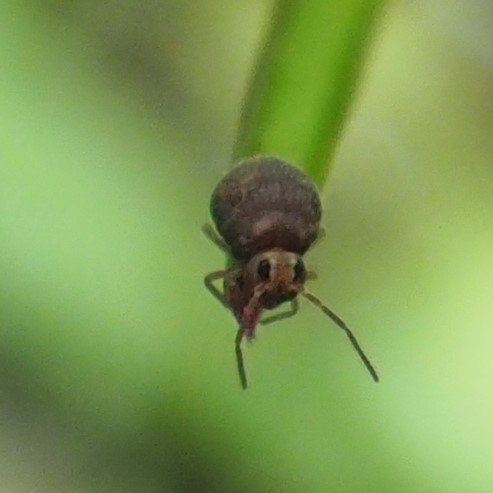
This Ichneumonid Wasp (picture 1) resembles the Gelis tenellus that I found here in August of 2019 (picture 2). But it could still be Gelis areator, which has been seen in Canada. Thanks to @ichman of iNat for this conversation.
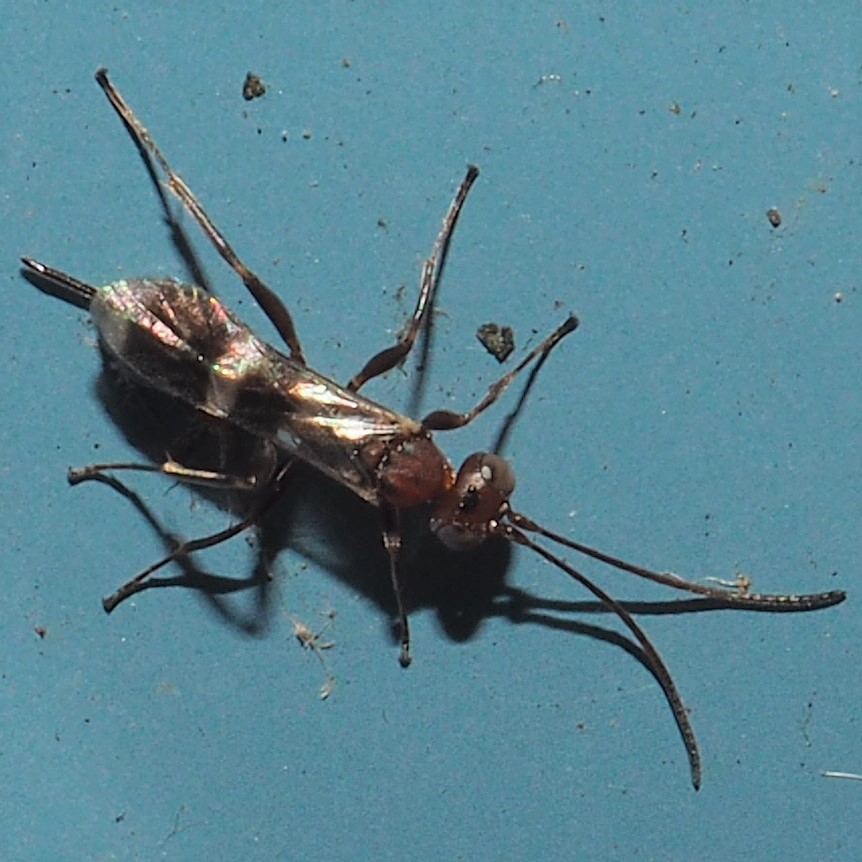
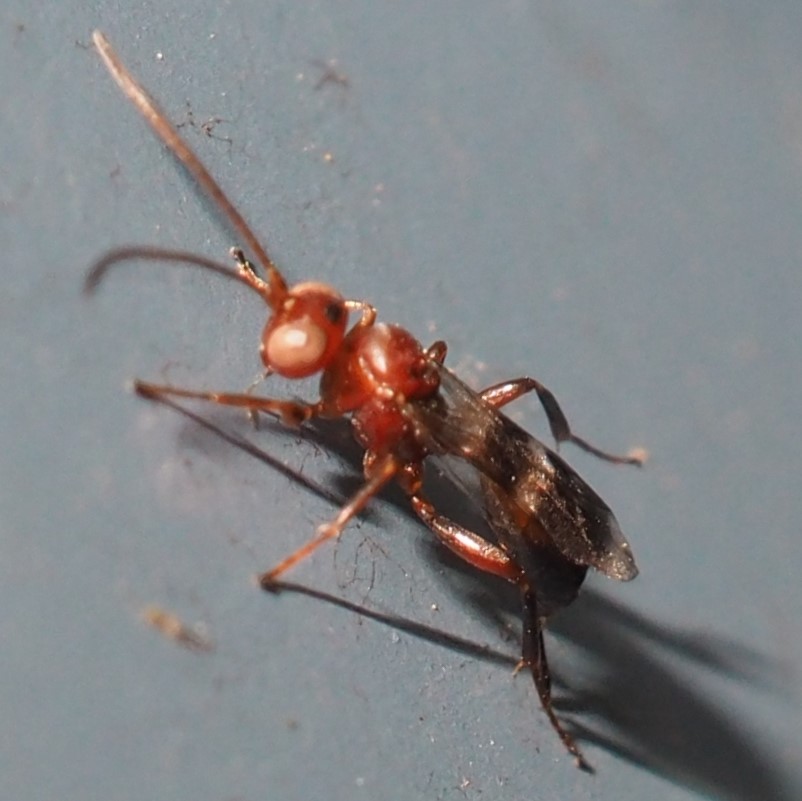
Now we have seen the various fauna and must refresh our palates with a few more flowers. For some reason, this year's primroses were even more magnificent than usual. Maybe they knew we needed just that wave of color to cheer ourselves and our friends.
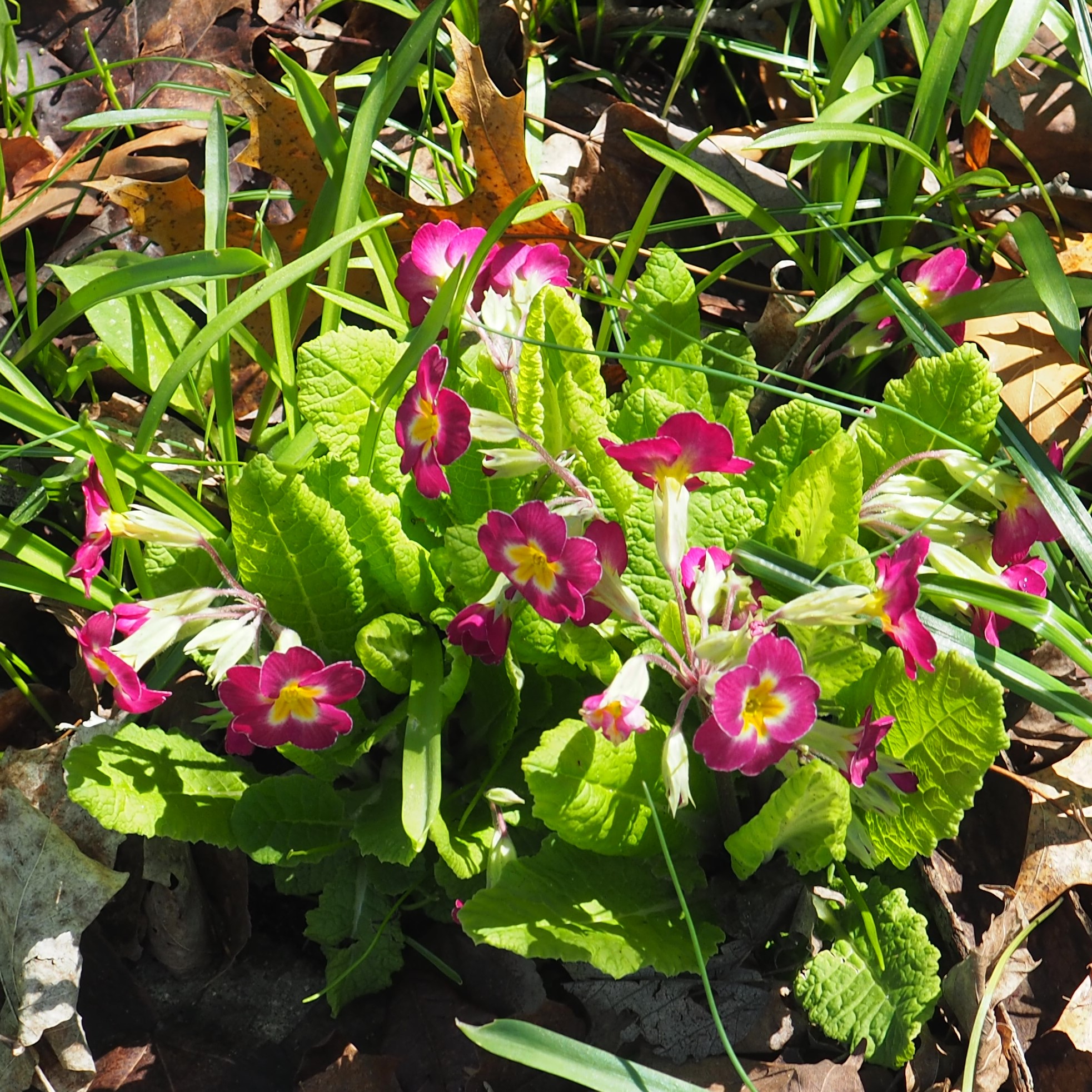
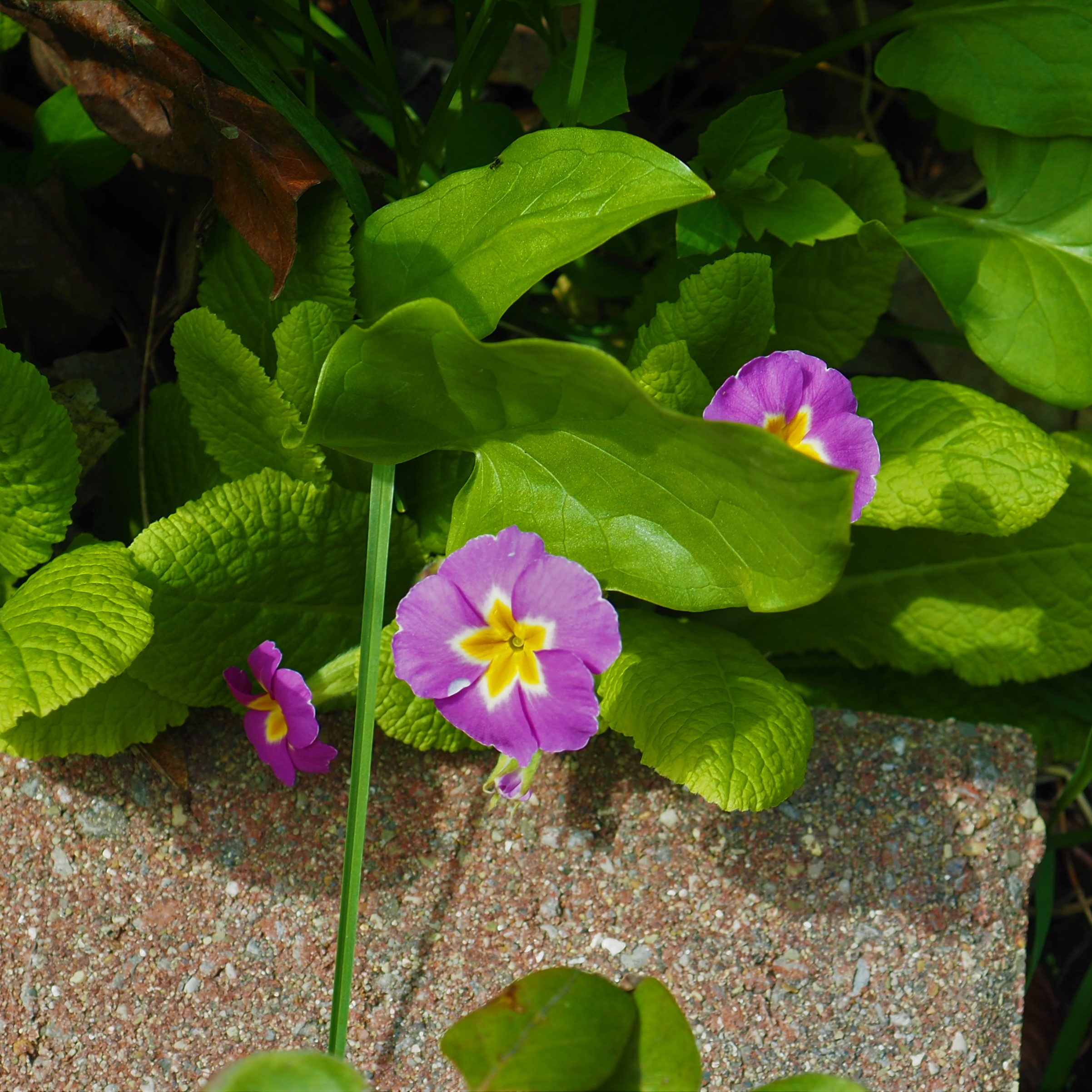
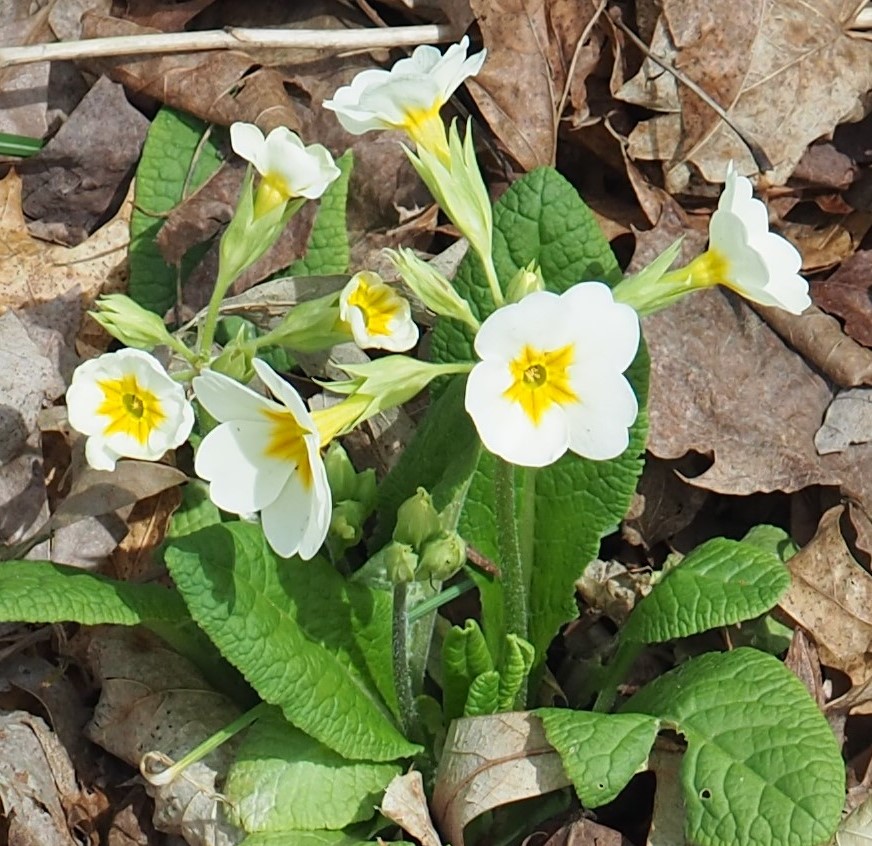
The "Money Plant" will have fine crisp seed packets that do resemble some sort of coins and can be used in dried arrangements. It comes in purplish and in white, but guess which one I like best? Across the street a maple tree is flowering and will soon have leaves (and I won't mention the little helicopters that plant many too many more tiny maples). Next door, Deb's weeping cherry tree is gorgeous.

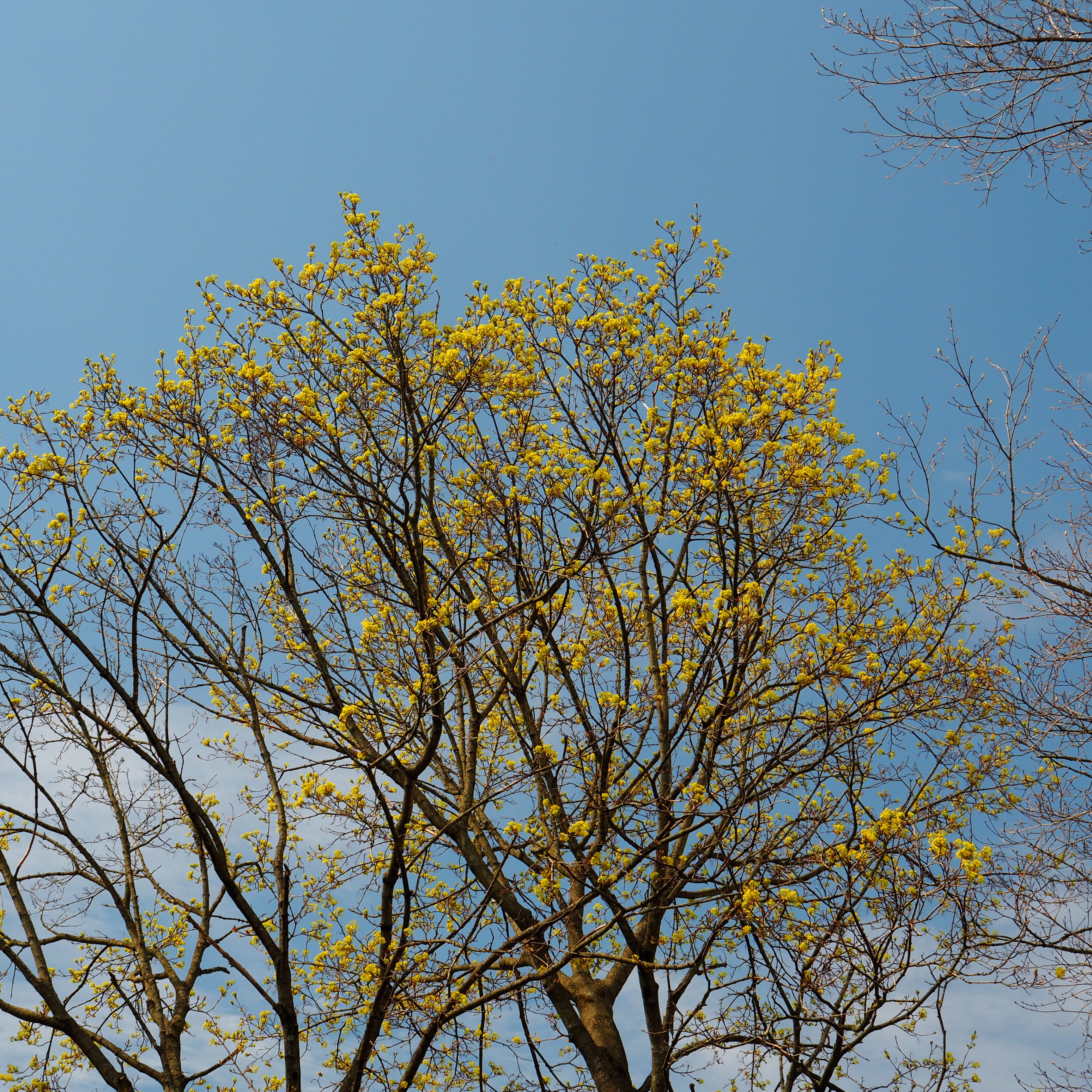

Finally - the fishes. Here they all are chowing down on fishy food.
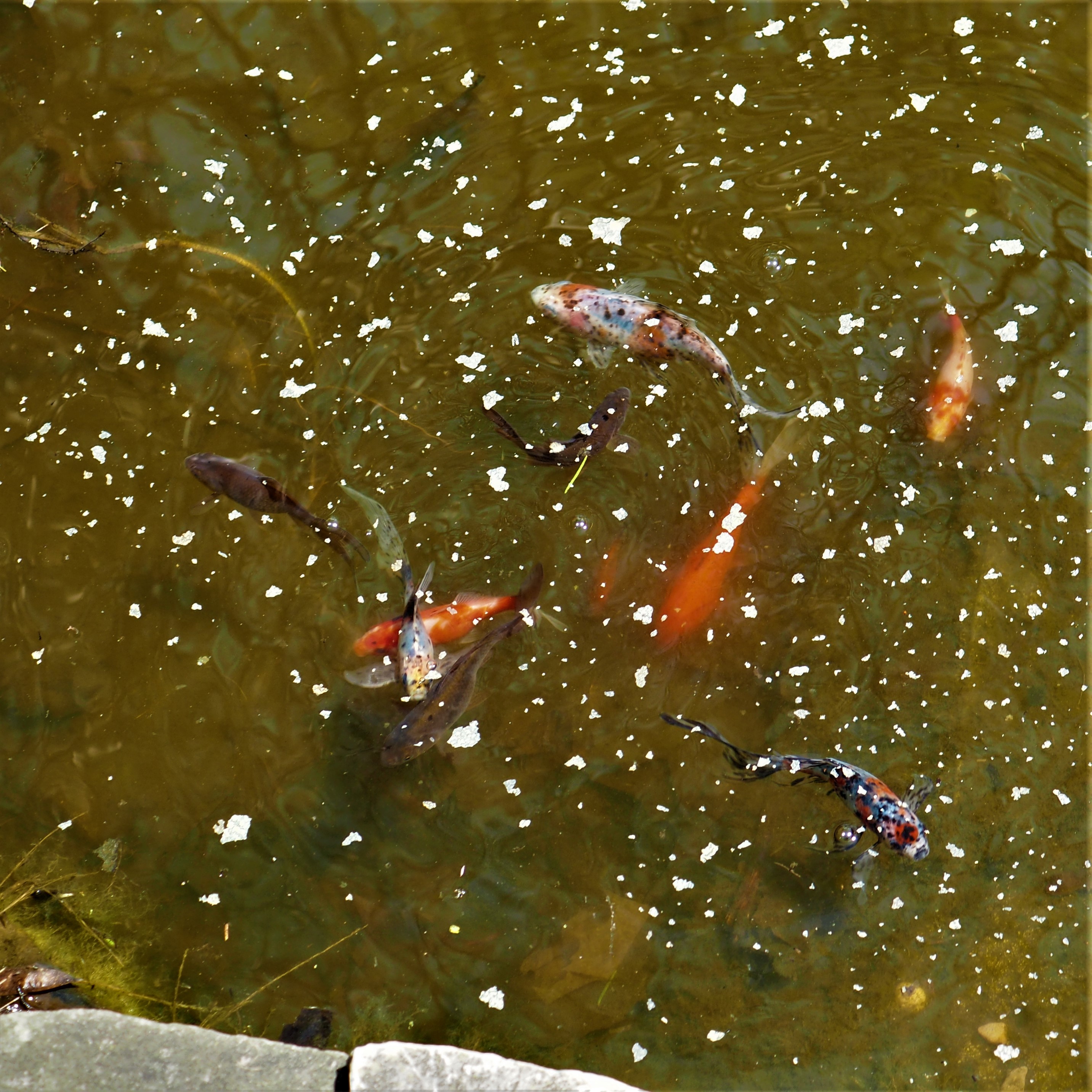
And that's this week. I hope everyone is weathering the tedium of social distancing. It is not really so hard for us here - Oh! Note that I said "us". The very good news is that Chaim was able to get a plane from Germany to Amsterdam to here. He has been "quarantining" himself in the attic for a week now and is very good company. We cook immense quantities of stir fried things and then live off them for a couple of days at a time. Now I must run and start on the next batch. I hope you all are able to enjoy what society you are lucky to find. Zoom, a seat in the garden far from yours with some good chatting. Some good reading, some good projects. And the love of your family and friends.
Love, Martha
Back to April 26, 2020
Forward to May 10, 2020
Back to main menu
copyright Martha O'Kennon 2020




























































































